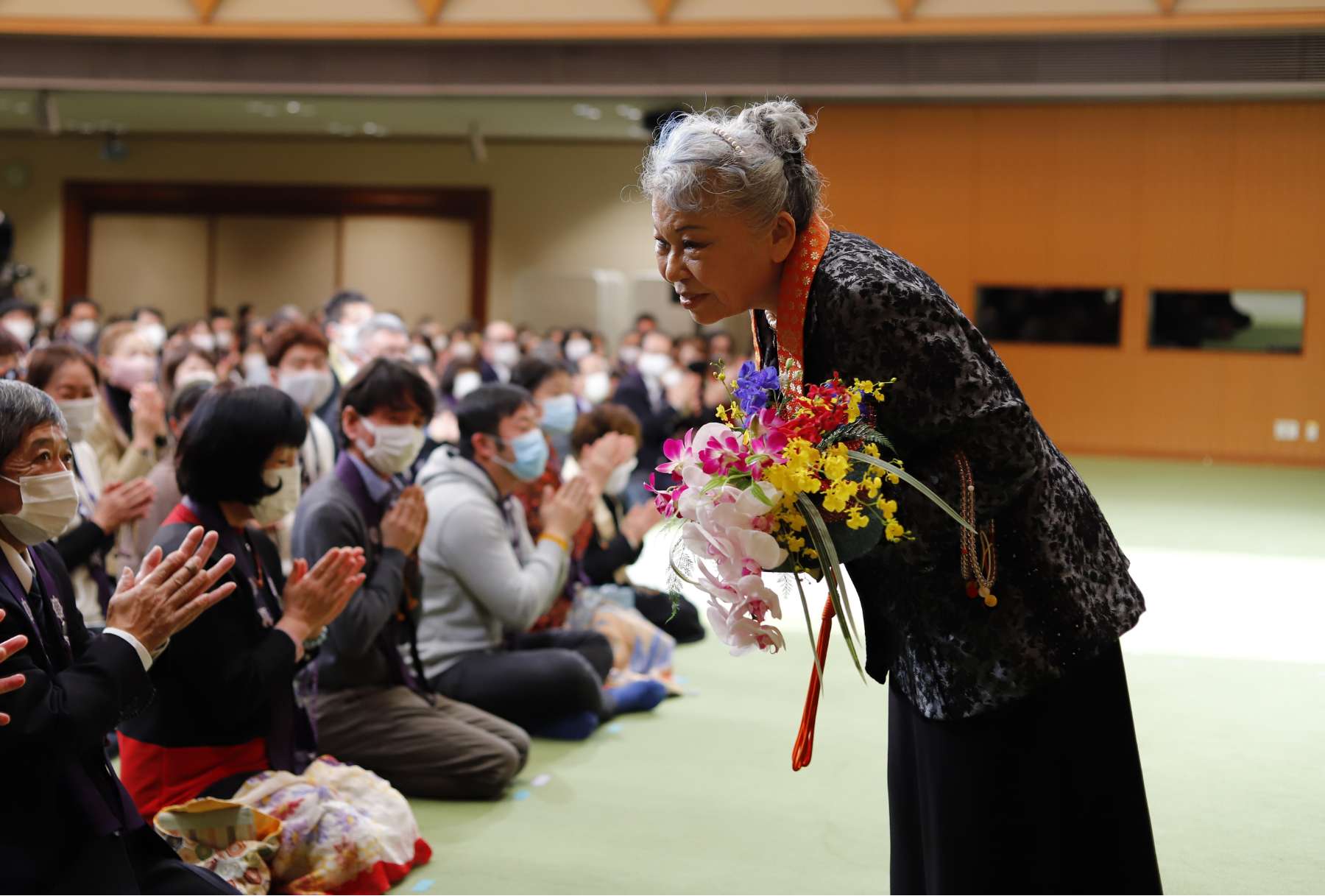The Story of Shinnyo-en
For more than two thousand years, the peace giving teachings of the Buddha have spread throughout the world, where their universal truths have found new forms of expression and continue to speak to humankind in ever changing circumstances. The unique expression of the Buddha’s teachings that have been passed down through Shinnyo-en were shaped by the lived experiences of its founders, Shinjo and Tomoji Ito.
Everyday Teachings
The Shinnyo teachings are infused with a sense of warmth and humanity thanks to founding Masters Shinjo and Tomoji, who never wavered from their spiritual calling to serve and care for others even through hardship and profound personal loss. From the beginning, Shinjo and Tomoji taught in a way that would allow ordinary people to use Buddhist spiritual practices in their everyday lives to foster wisdom, compassion, and an abiding belief in their own capacity for goodness.
Today, Shinnyo‑en is led by their daughter, Her Holiness Shinso Ito, one of the few women in the world to lead a Buddhist denomination. Her Holiness Shinso has carried forward and expanded on her parents’ work for the twenty-first century.
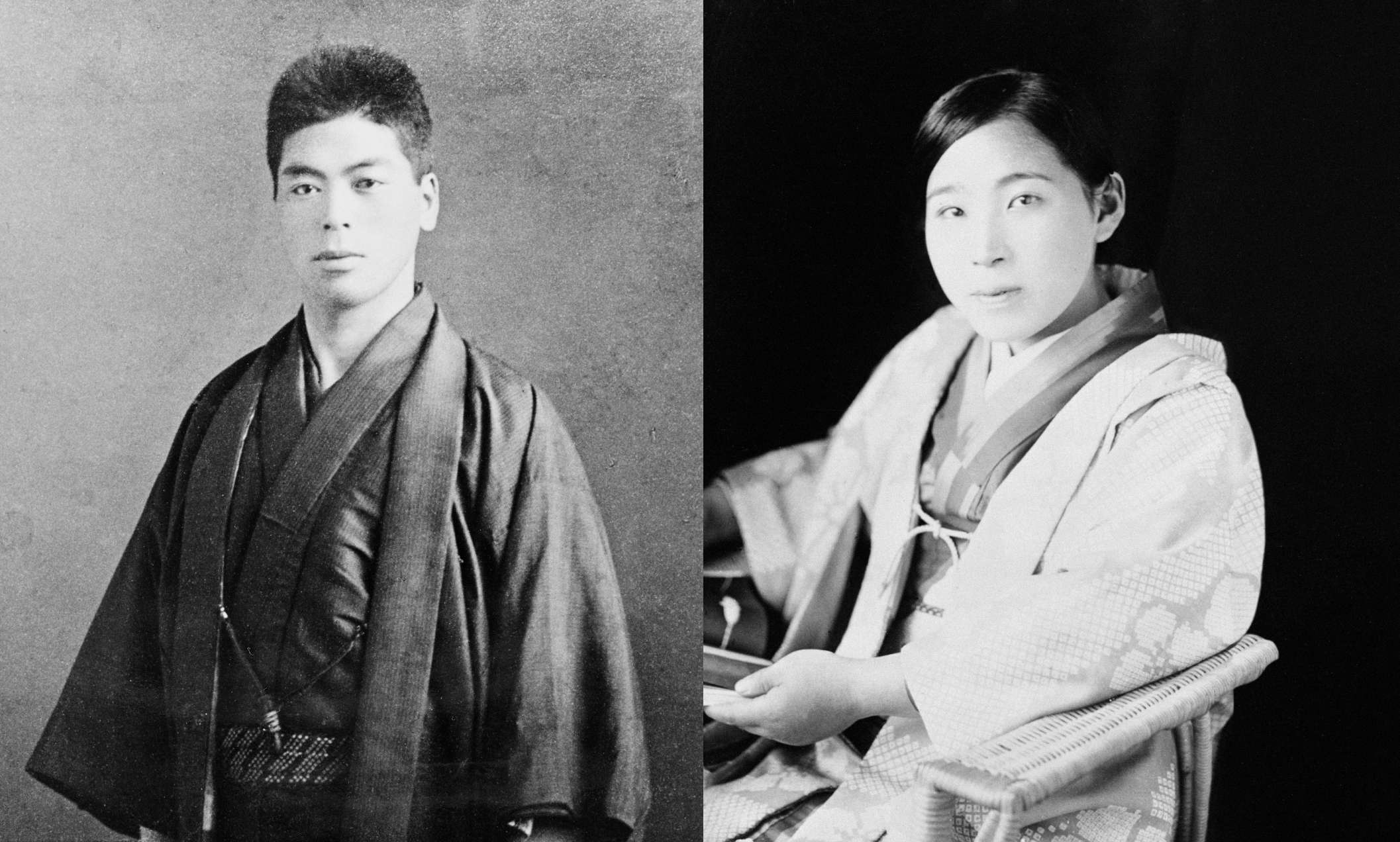

Called to a Life of Spiritual Care




1936
Shinjo and Tomoji Ito resolve to dedicate themselves to a life of spiritual service to others. This was sparked by a period of deepening spiritual practice and experience following the enshrinement of a very old Buddhist statue in their home. Shinjo resigns his position as an aircraft engineer, takes ordination, and pursues training in the Shingon school of Esoteric Buddhism at Daigoji Monastery in Kyoto.
As Shinjo’s training continues and he publicly performs rites in Tachikawa, the community of practitioners forming around the Itos grows to over 200 people.
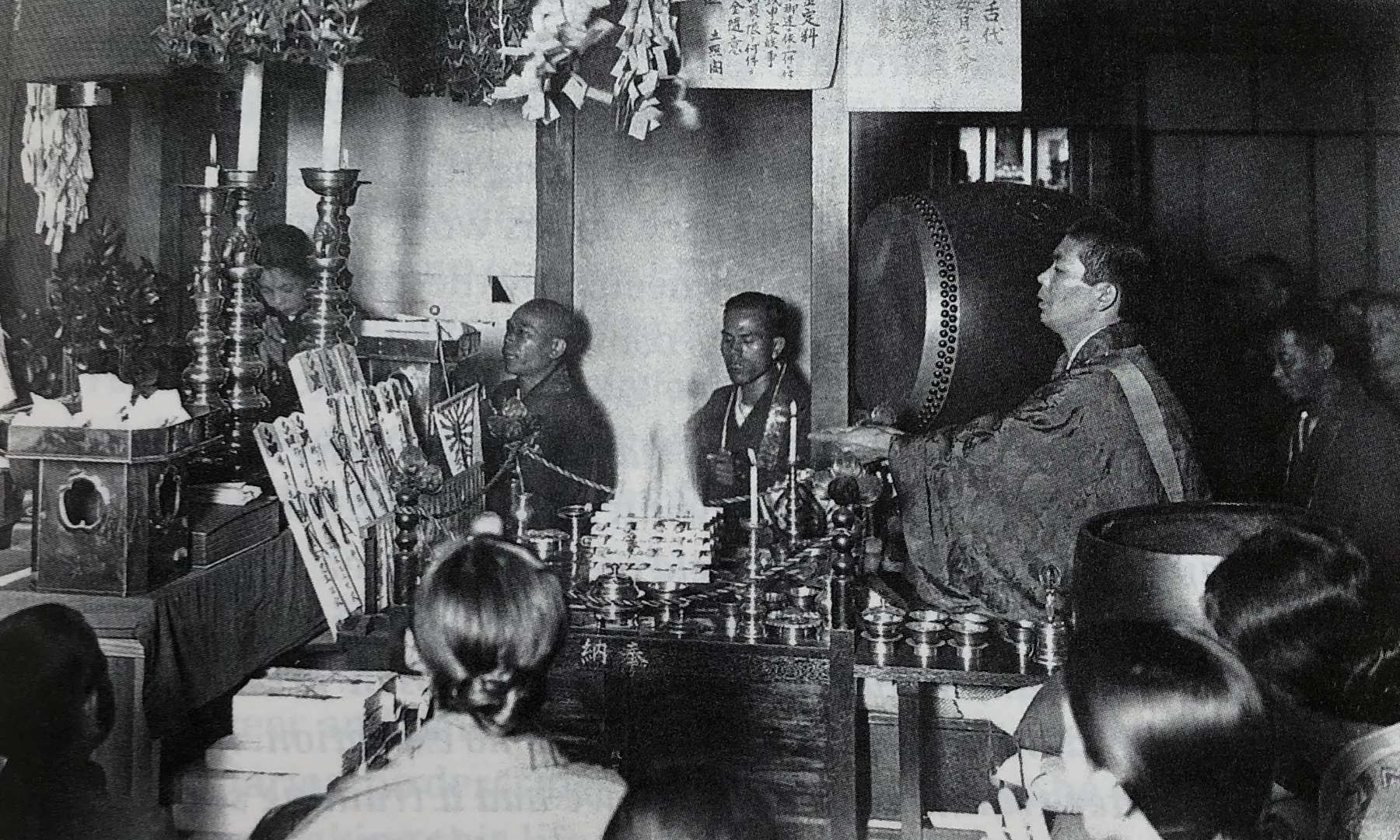
1936
Shinjo (seated 4th from right), Tomoji, and infant Chibun (standing behind Shinjo) with the early spiritual community that would become Shinnyo‑en after their first homa ritual, officiated by Rev. Hokai Urano (seated behind table). (1936)
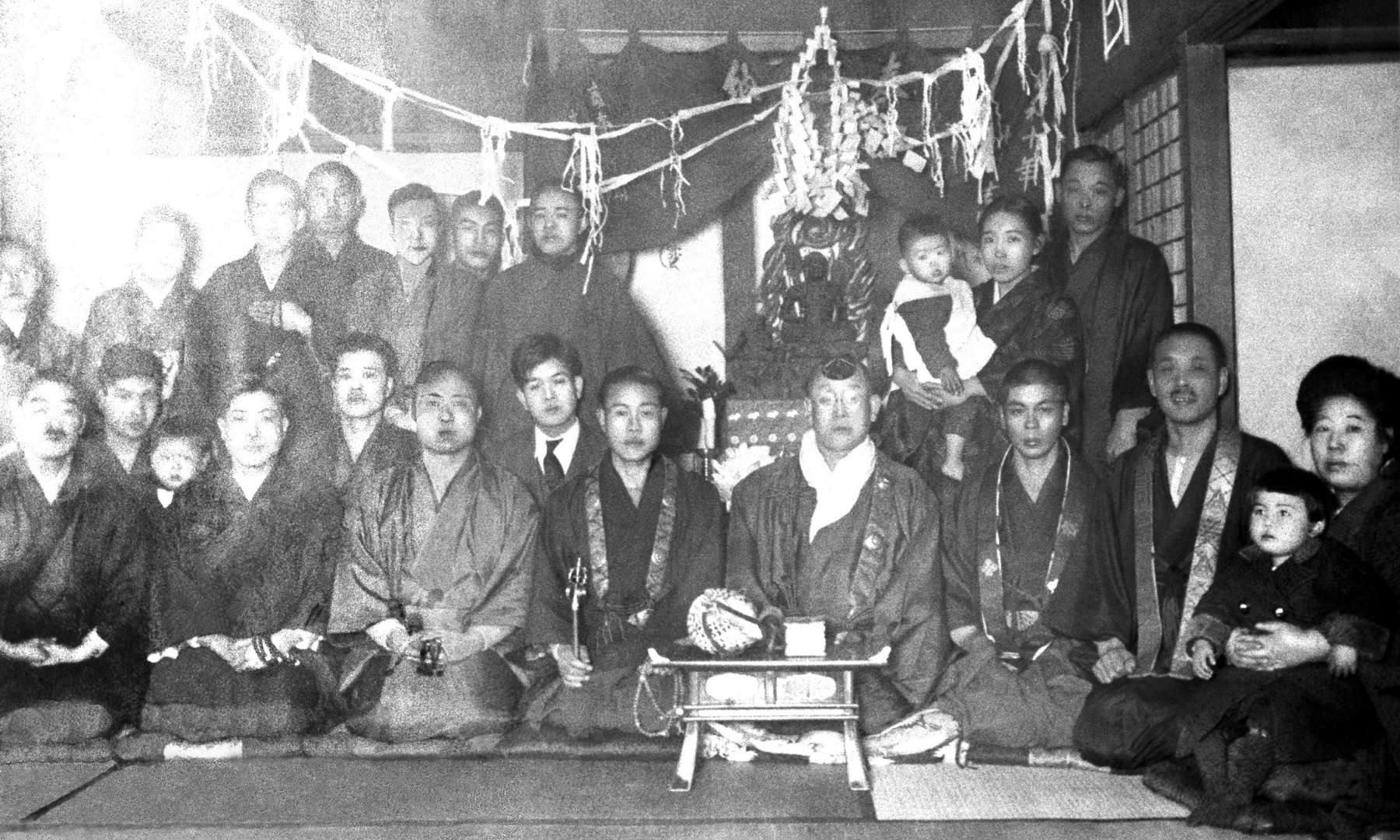
1936
During this time, the Itos also suffer the terrible loss of their infant son Chibun to a high fever. The heartbreak only strengthens their resolve to pursue a life of service to others.
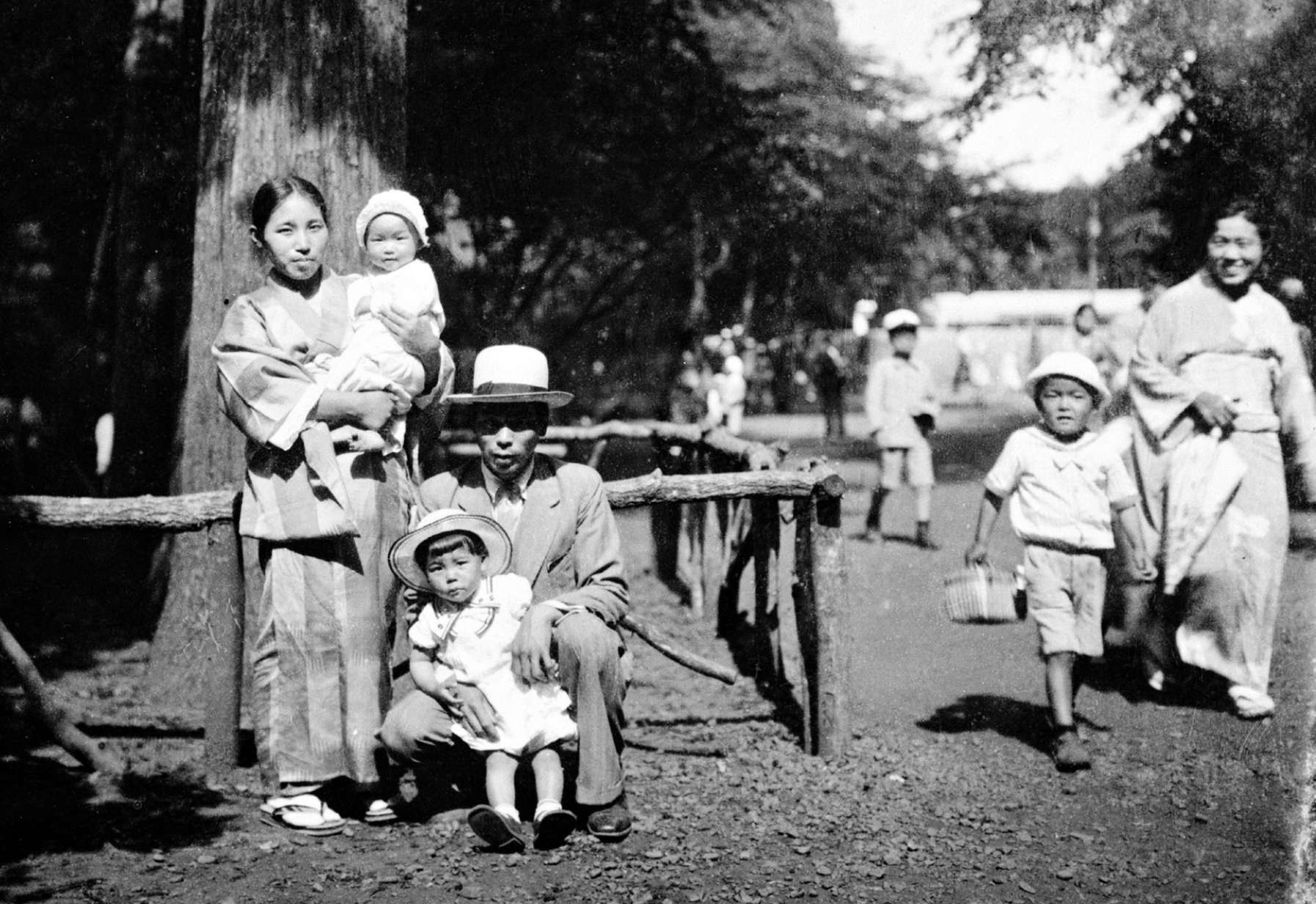
1938
The Itos establish the first temple, Shinchoji, for their congregation in Tachikawa.
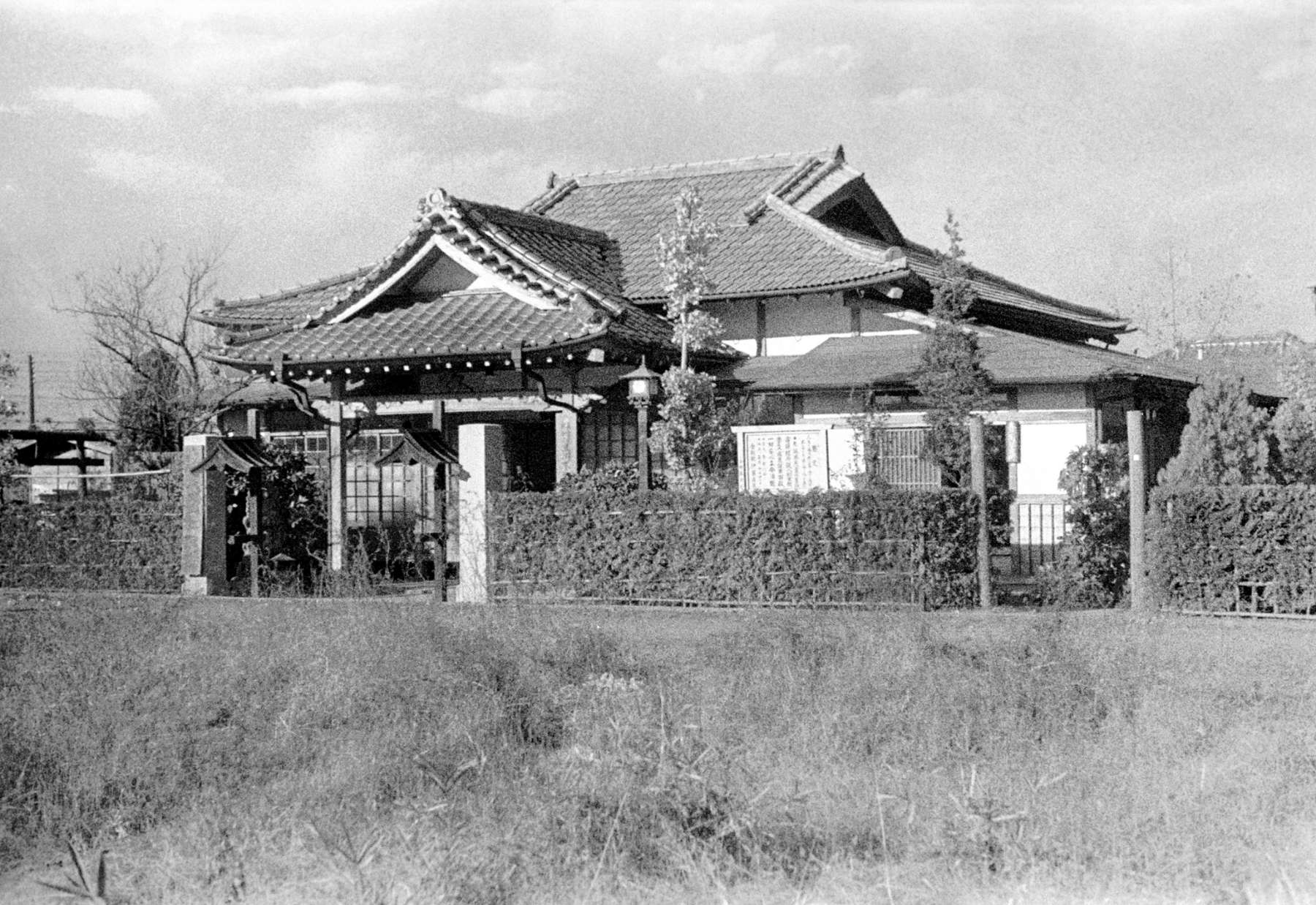
1939
Shinjo (standing back row center) at completion of the Ein Initiation, conferred by chief abbot Egen Saeki (seated in front) at Daigoji monastery in Kyoto, marking his induction into the Shugendo tradition on October 27th, 1939.
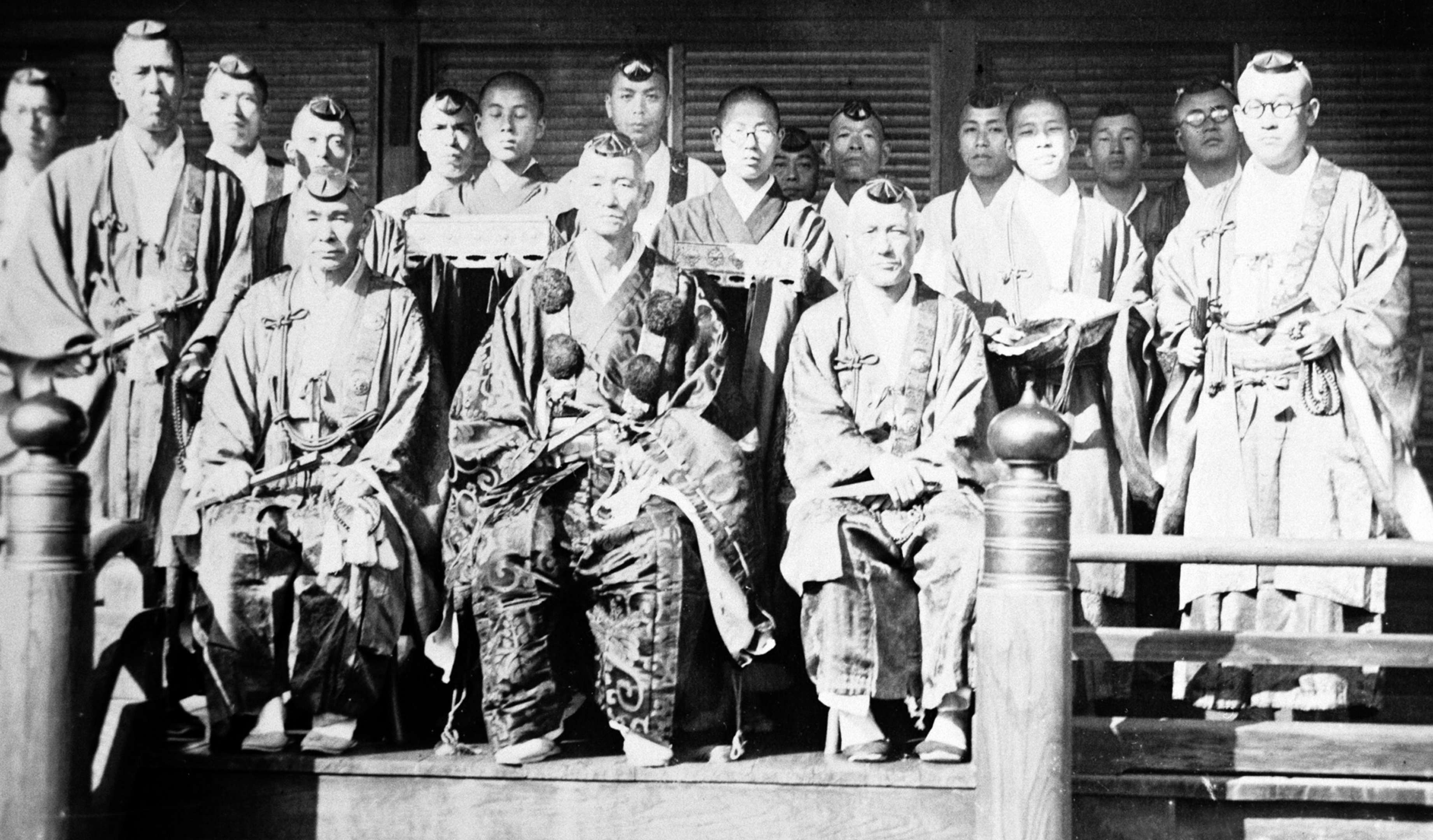
1939
The chief monk at Daigo-ji monastery recognizes Shinjo as a successor to the lay lineage of spiritual practice at the Daigo school of Shingon Buddhism.
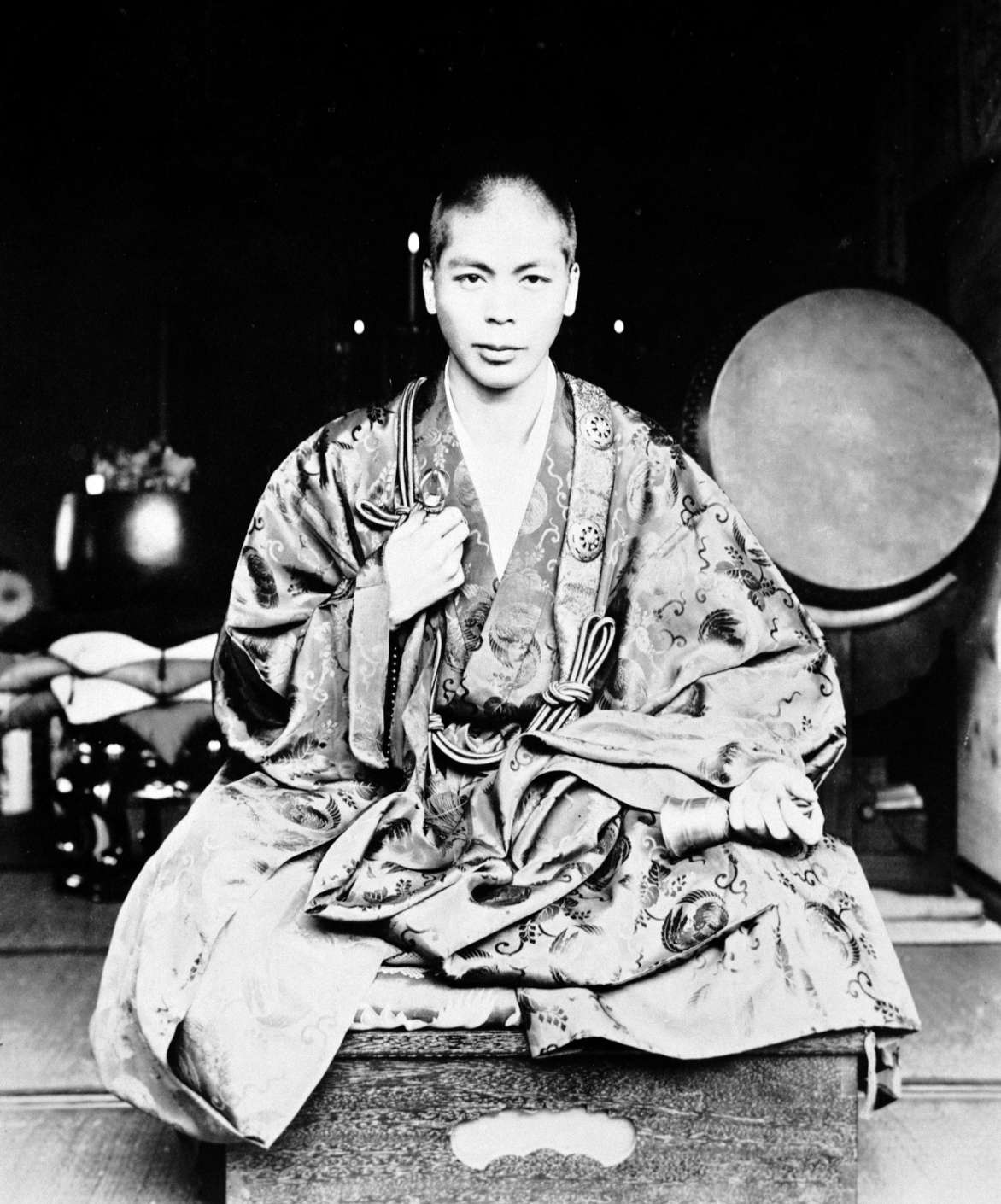
1942
The Itos welcome the birth of Masako, their third daughter, who would later succeed Shinjo as the spiritual head of Shinnyo‑en.
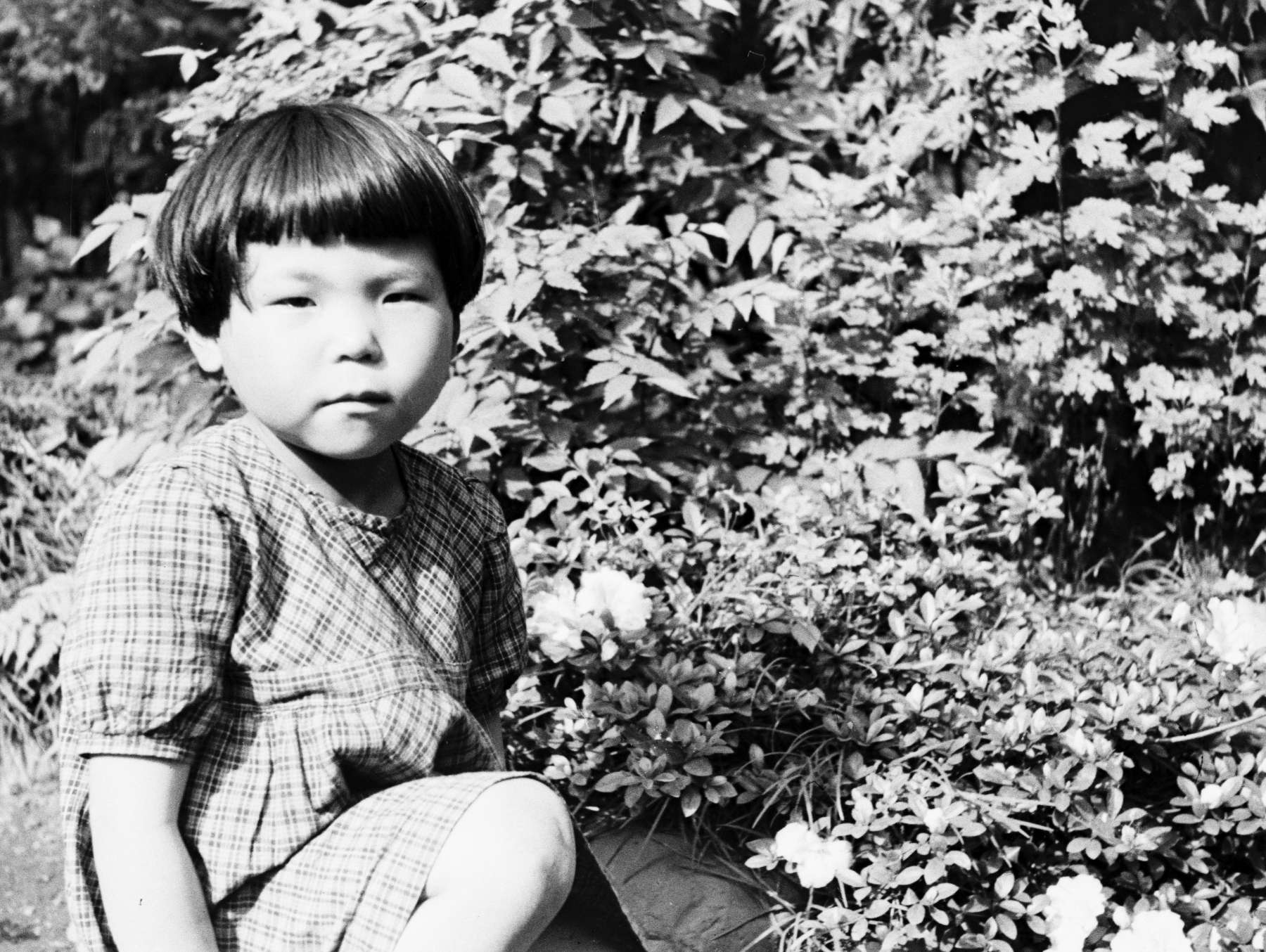
1943
Shinjo (standing, fourth from right) is recognized as a master of the Dual Realm dharma transmission at Daigoji monastery in Kyoto. Shinjo had now completed both lay and monastic/priestly training at the Daigo school of Shingon Buddhism, earning the title Great Acharya.
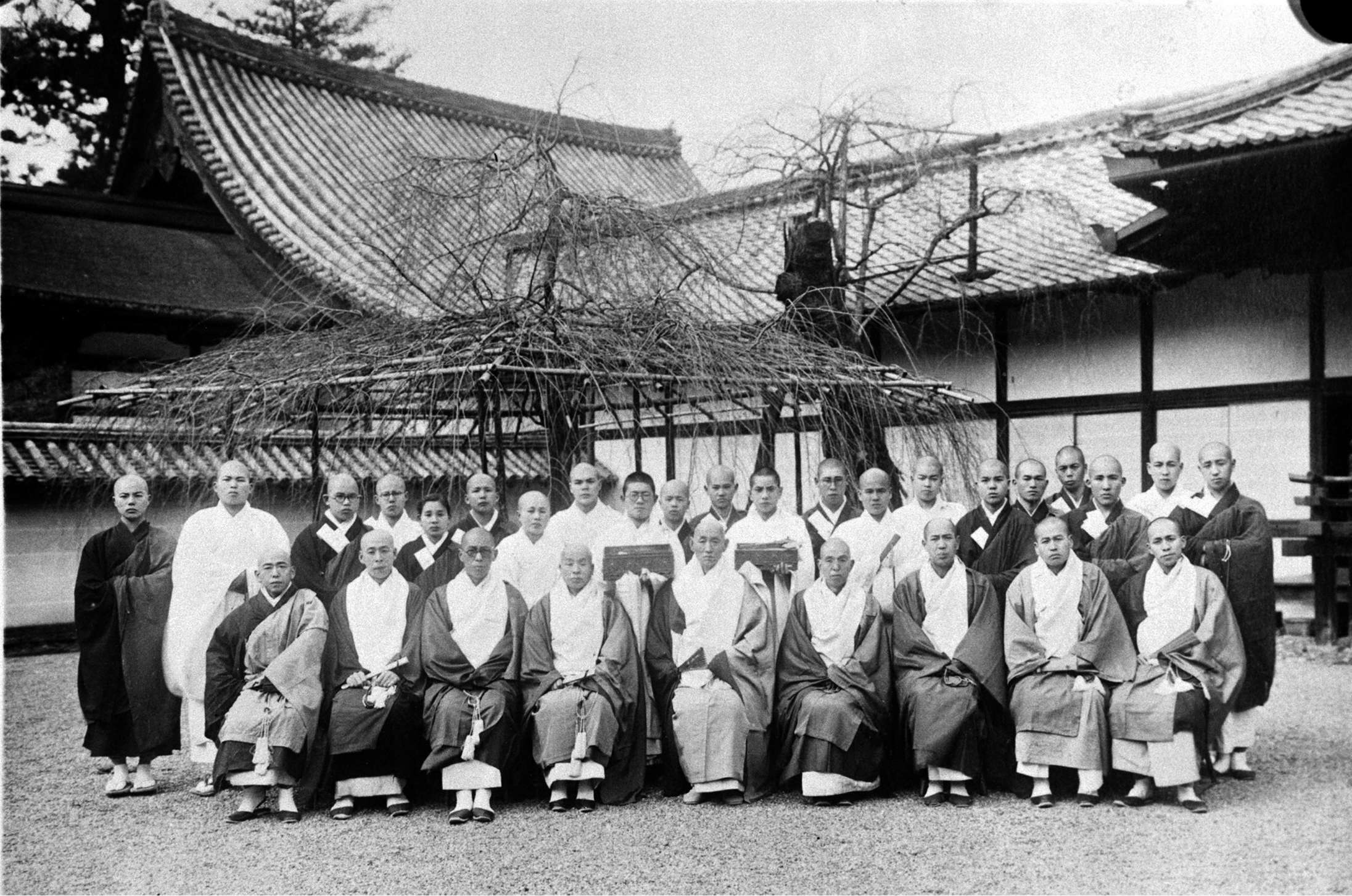

Forging a New Identity



1946
As wartime restrictions on the formation of religious groups lifted, Shinjo and Tomoji separate their group from the monastic tradition of Esoteric Buddhism, freeing themselves to develop innovative new methods of spiritual practice focused on integrating Buddhist teachings into lay life.
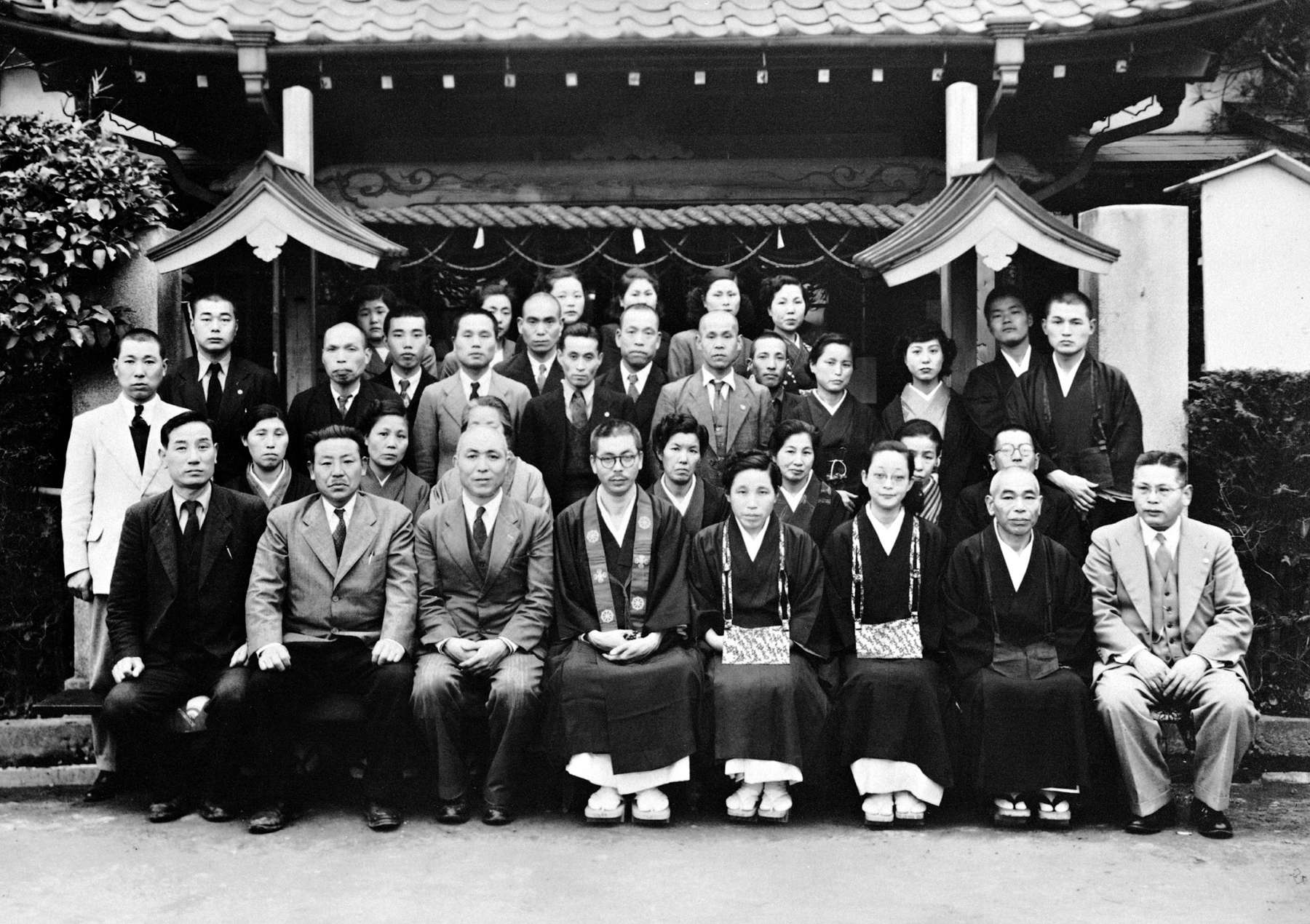
1946
The Itos renamed their spiritual community “Sangha of Truth,” a name change that signaled the development of the community as a distinct Buddhist denomination focused on lay practice grounded in monastic training.
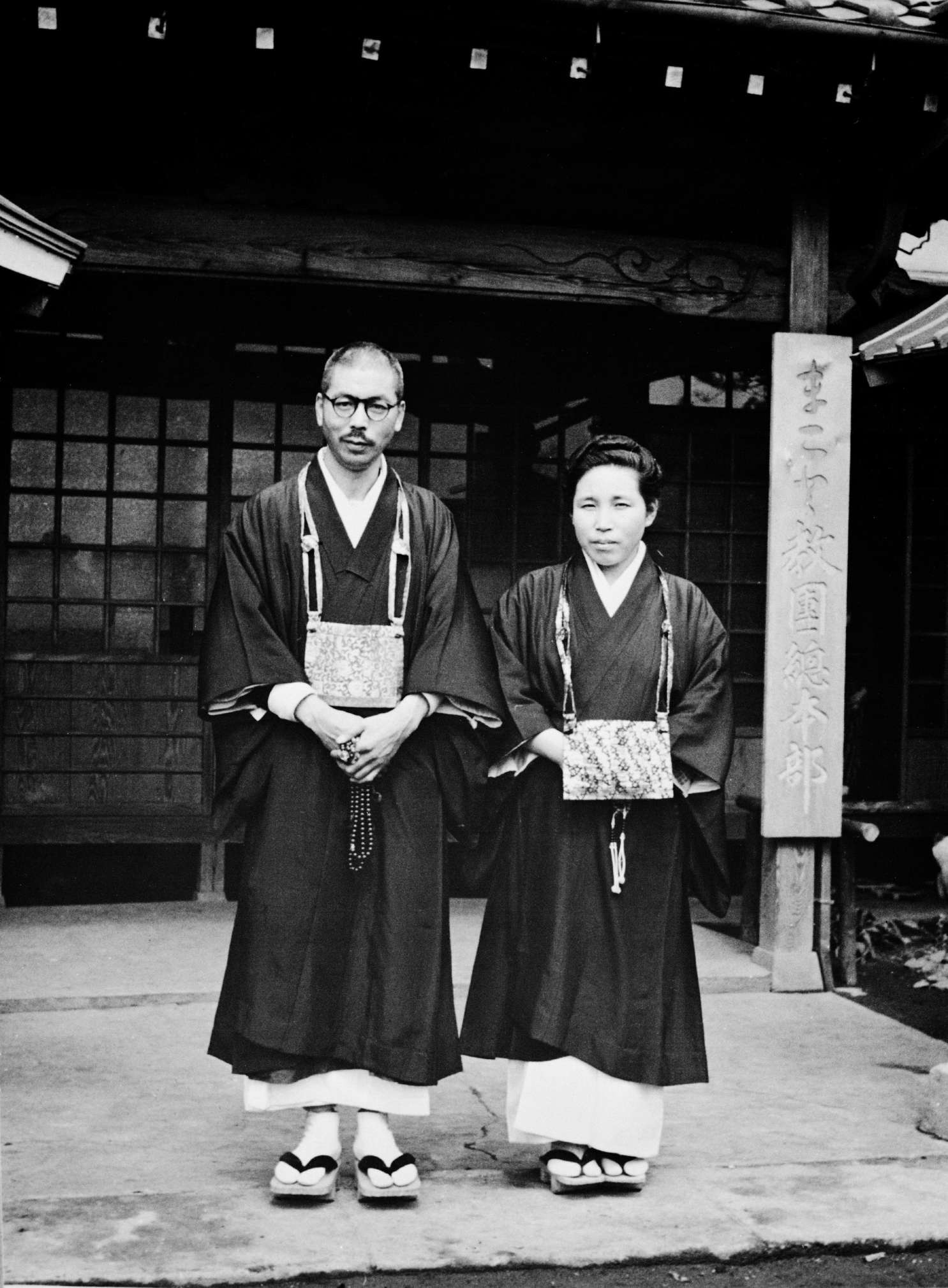
1951
During a period of extreme suspicion towards new religious groups in Japan after the war, Shinjo is placed under arrest under a false allegation. During his time in jail, Shinjo continued his teachings, counseling both prisoners and guards alike, some of whom later became members of Shinnyo‑en. At Shinjo’s trial in December of 1950 and early January of 1951, the charge against Shinjo was revoked in the face of evidence and the testimony of witnesses, leading to Shinjo’s acquittal.
Following the implementation of the new Religious Corporations Act, the congregation officially adopts the name Shinnyo‑en, meaning “Boundless Garden of Shinnyo.”
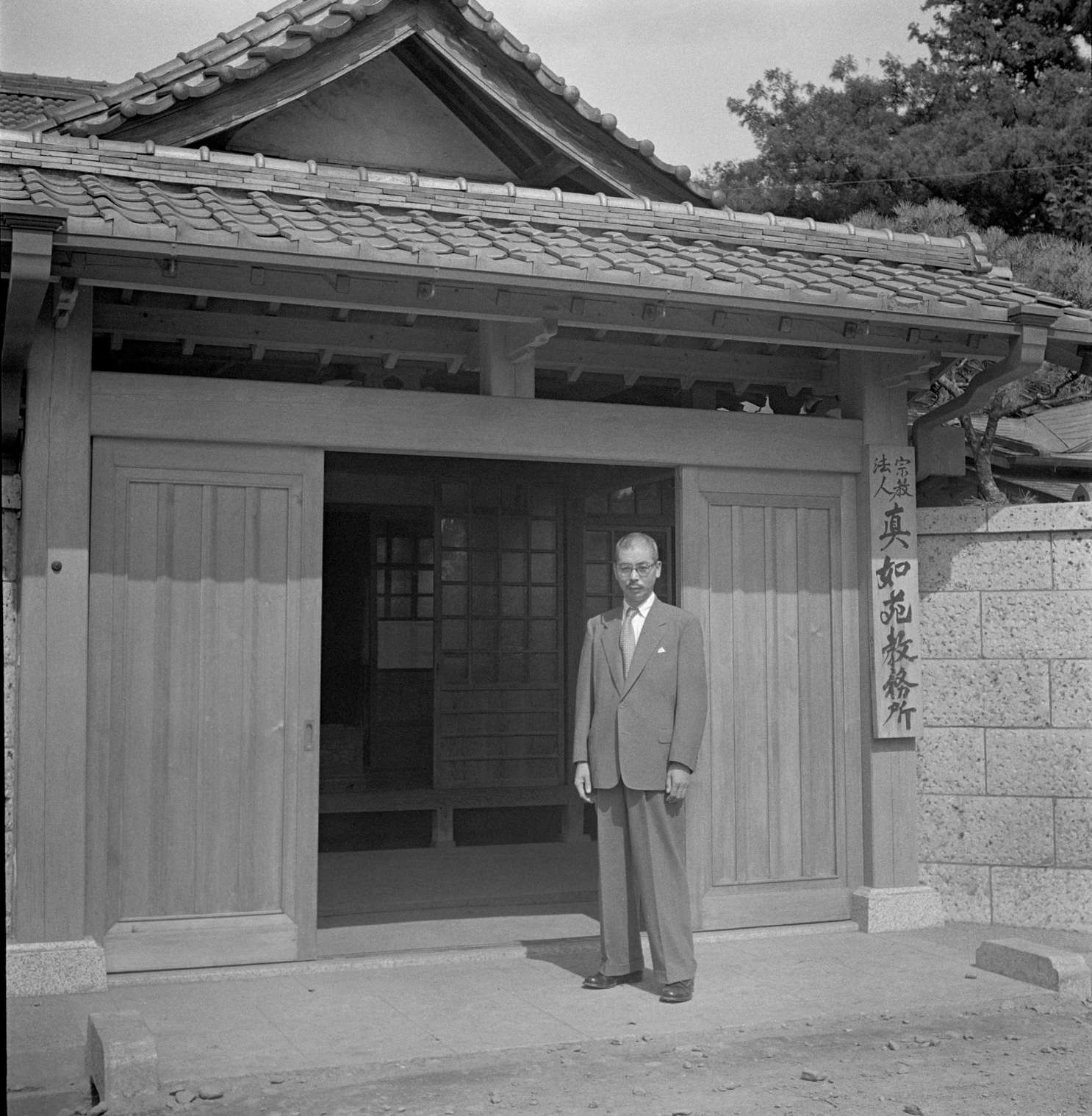
1952
The Itos son Yuichi, having long suffered from a degenerative hip disorder caused by tuberculosis, passed away after being hospitalized for nearly a year.
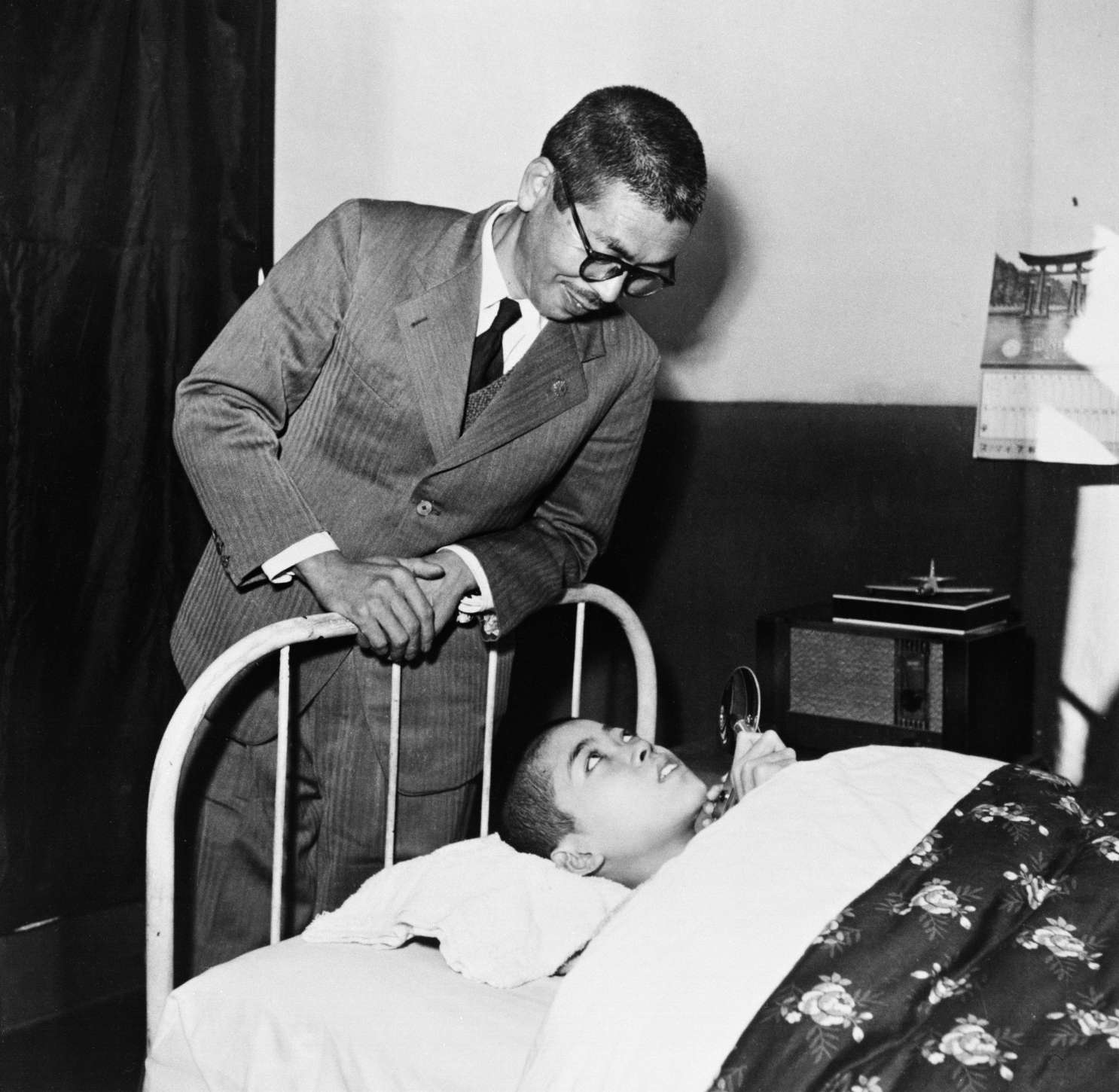
1952
Just two short months after Yuichi’s passing, with their grief still painfully raw, Shinjo and Tomoji officiated over the community’s first lantern floating ceremony at Lake Kasumigaura. Lantern floating ceremonies became an annual summer event on Lake Kasumigaura until 1981, when they were moved to Lake Kawaguchi in Yamanashi.
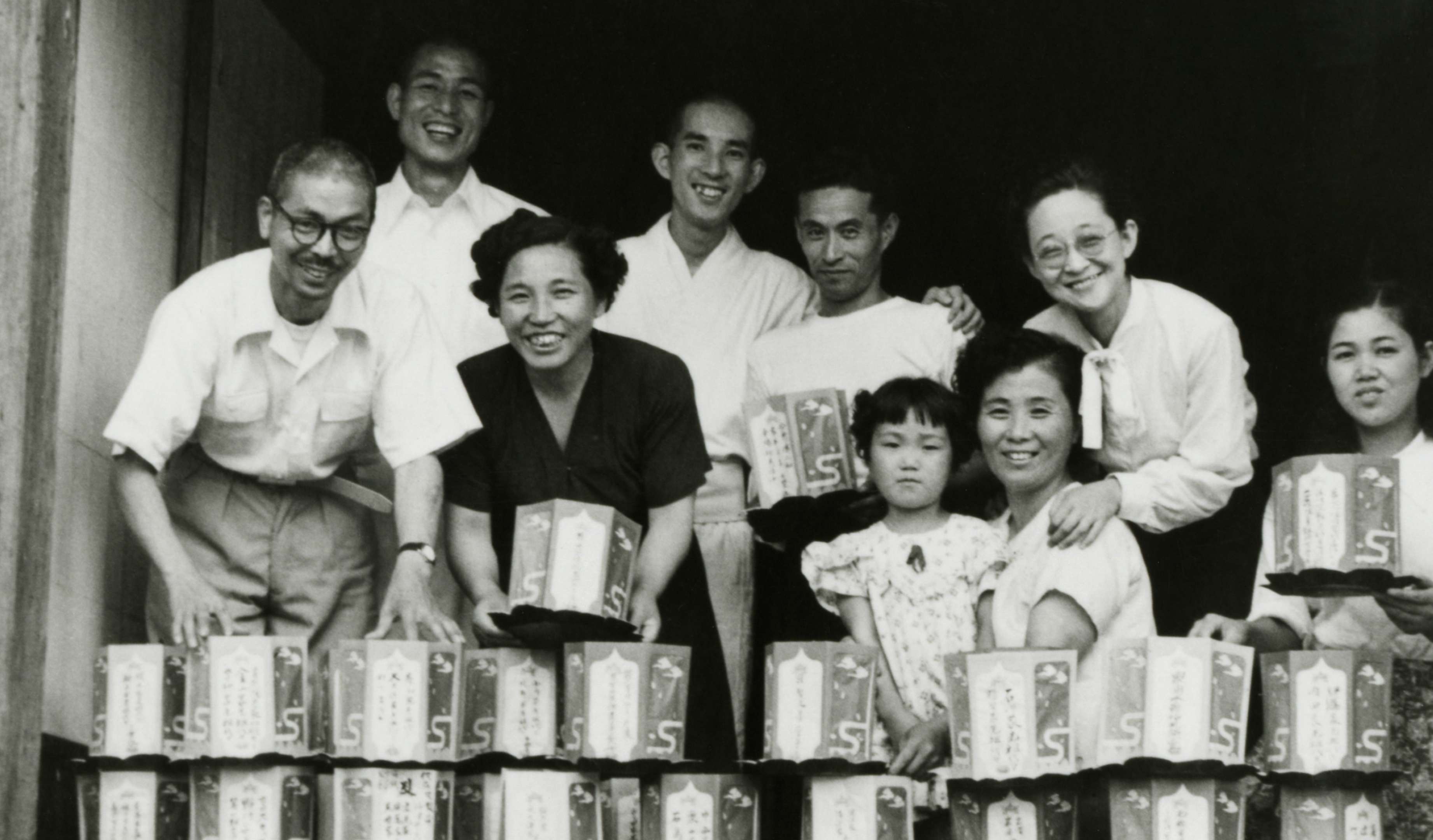

Turning to the Nirvana Sutra
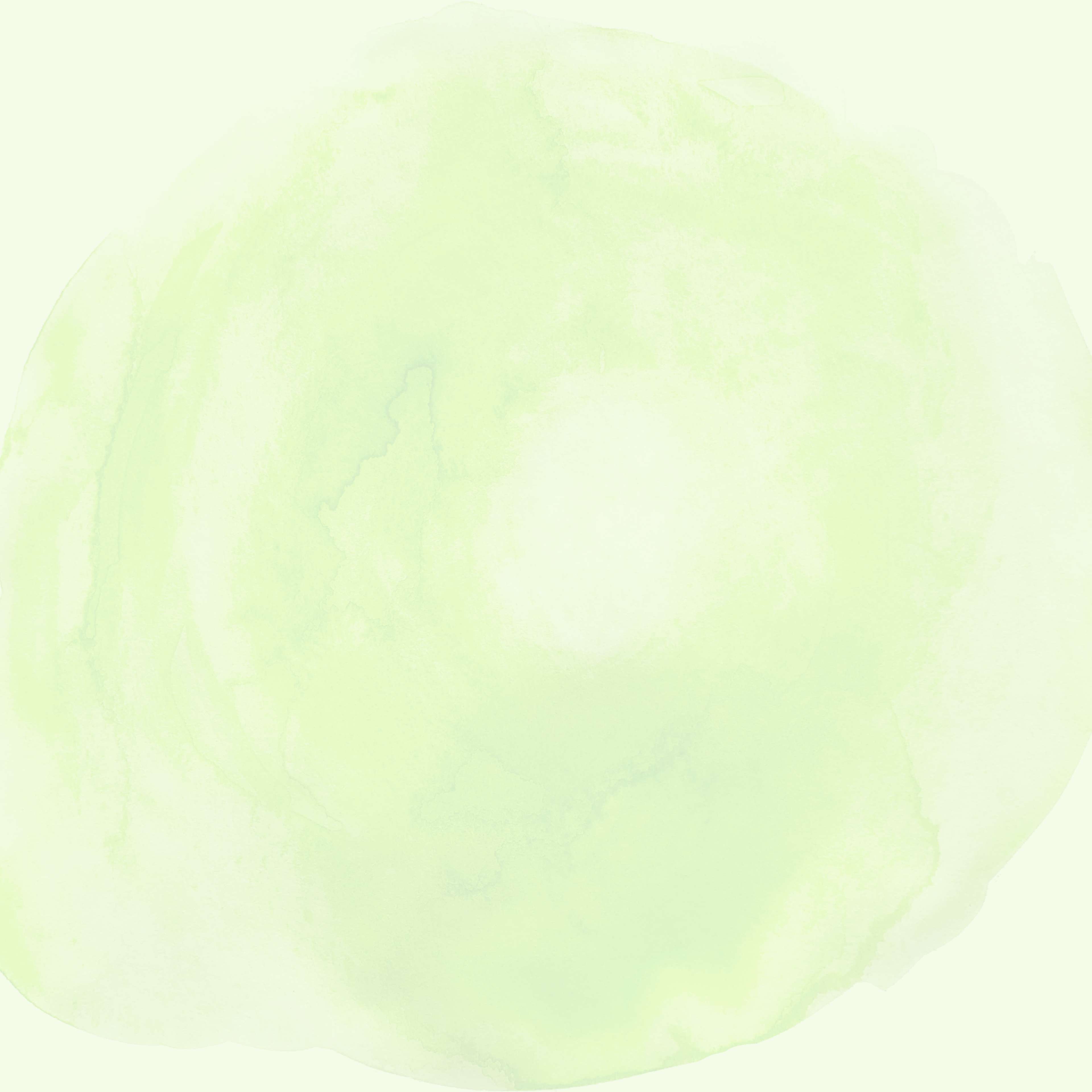

1956–1957
Shinjo establishes the Nirvana Sutra as the central teaching among the words of the Buddha for Shinnyo‑en.
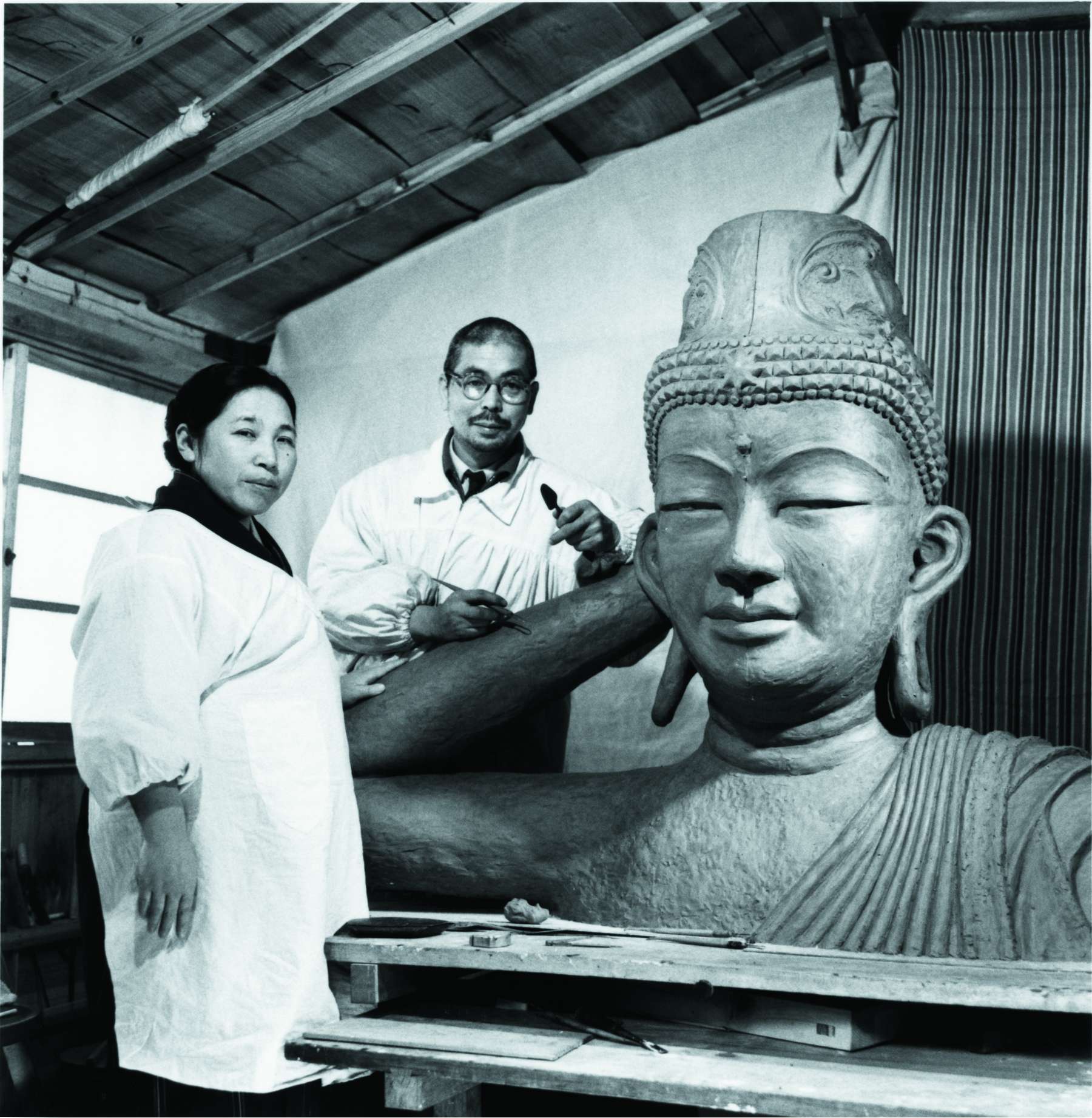
1956–1957
Inspired by a passage in the Nirvana Sutra, Shinjo and Tomoji sculpt a 16-foot long statue of the Buddha reclining as he enters final nirvana, which takes over three months to create. Master Shinjo expressed: “Creating a buddha image is not just about sculpting the physical form of buddhas. My wish is to uncover and develop the buddha nature that is inherent in all. Through this, I want to help everyone become a living buddha.”
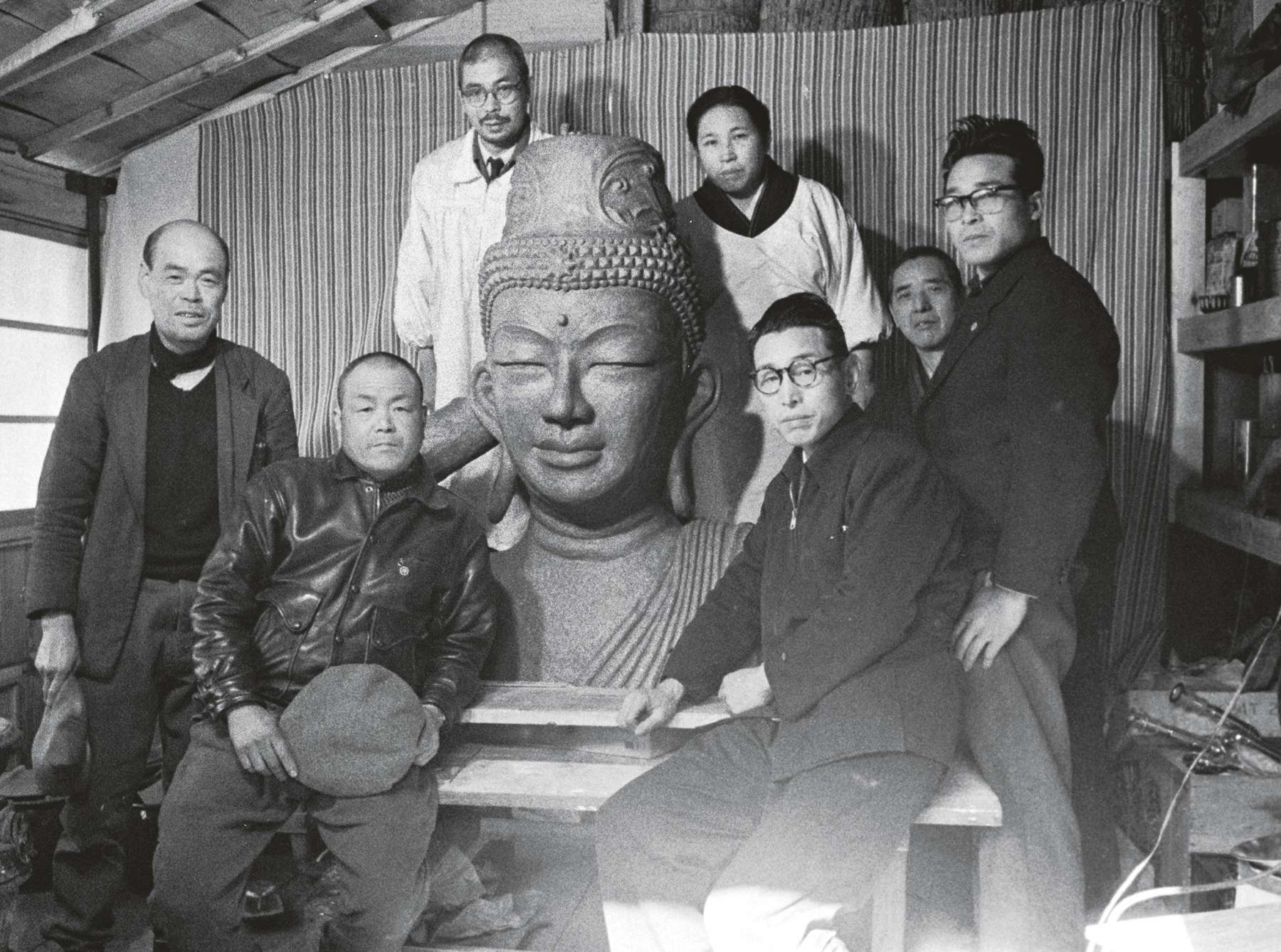
1958
After five years of planning and work, the Sesshin Training Hall is dedicated and the Great Parinirvana image is installed there as the main symbol for meditation and practice at Shinnyo‑en.
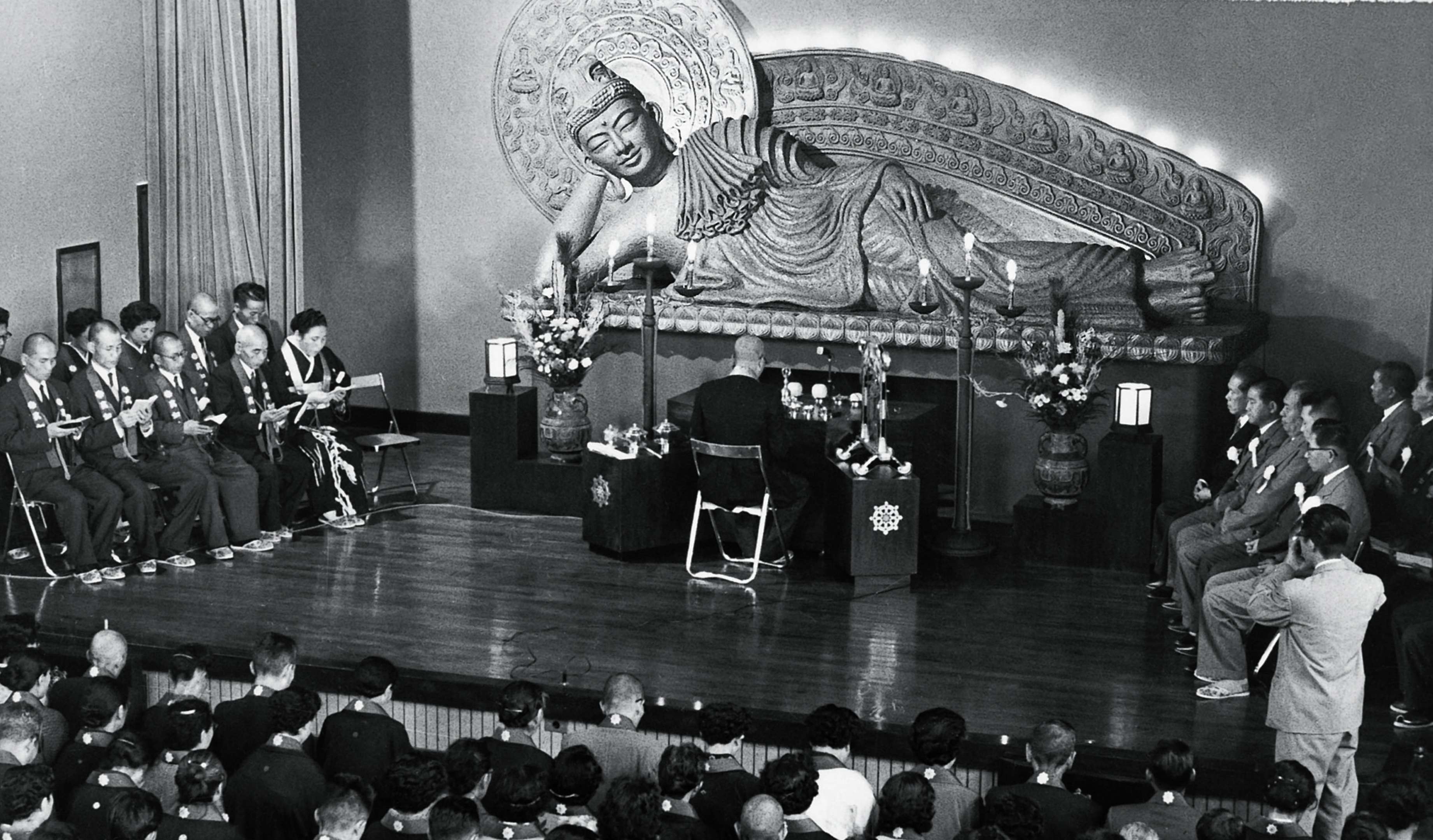

Reaching Out to the World
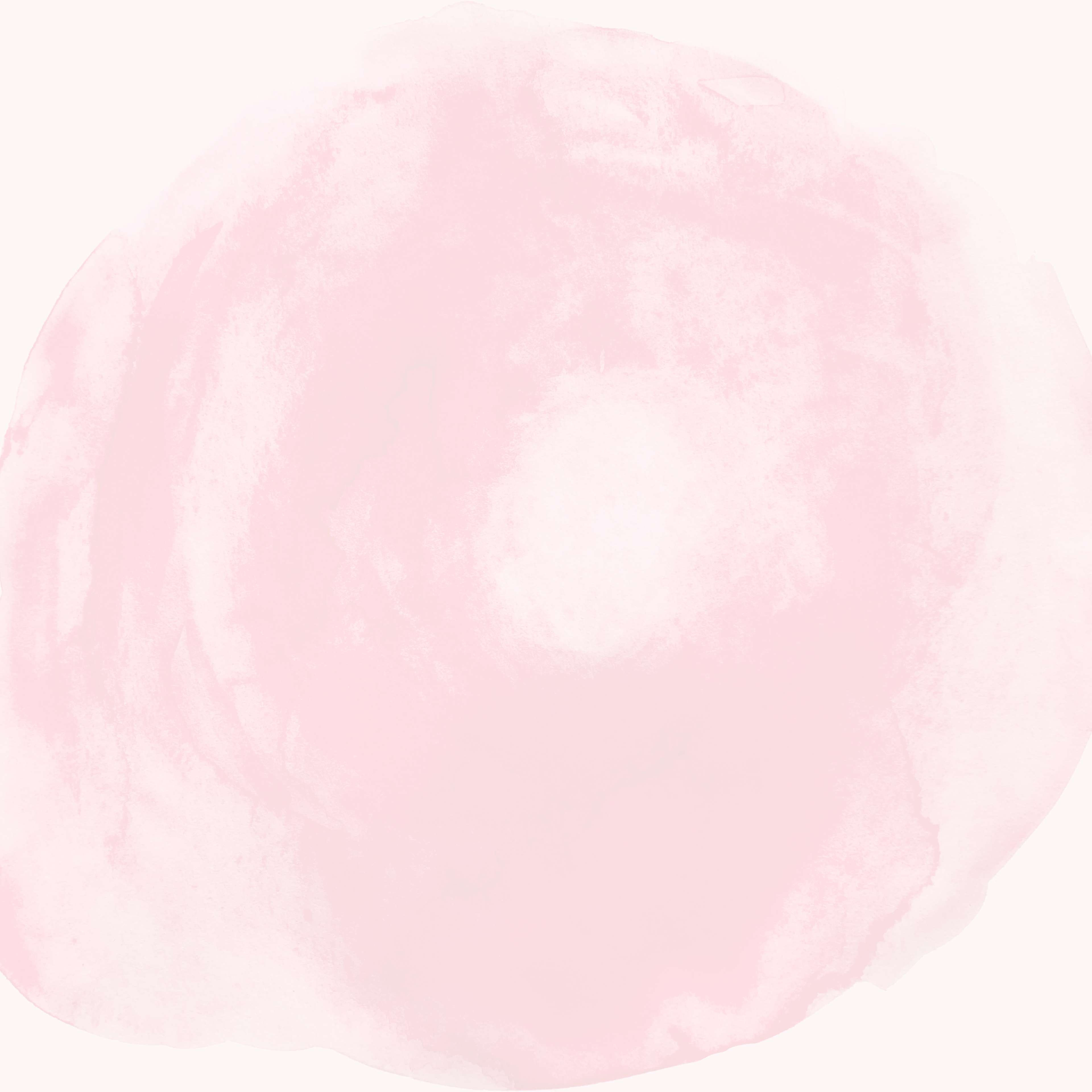


1967
In the summer months, Masters Shinjo and Tomoji travel to nine countries in Europe and the Middle East. They visit the World Council of Churches and Bible Societies in different countries, with special stops at the Vatican and Israel.
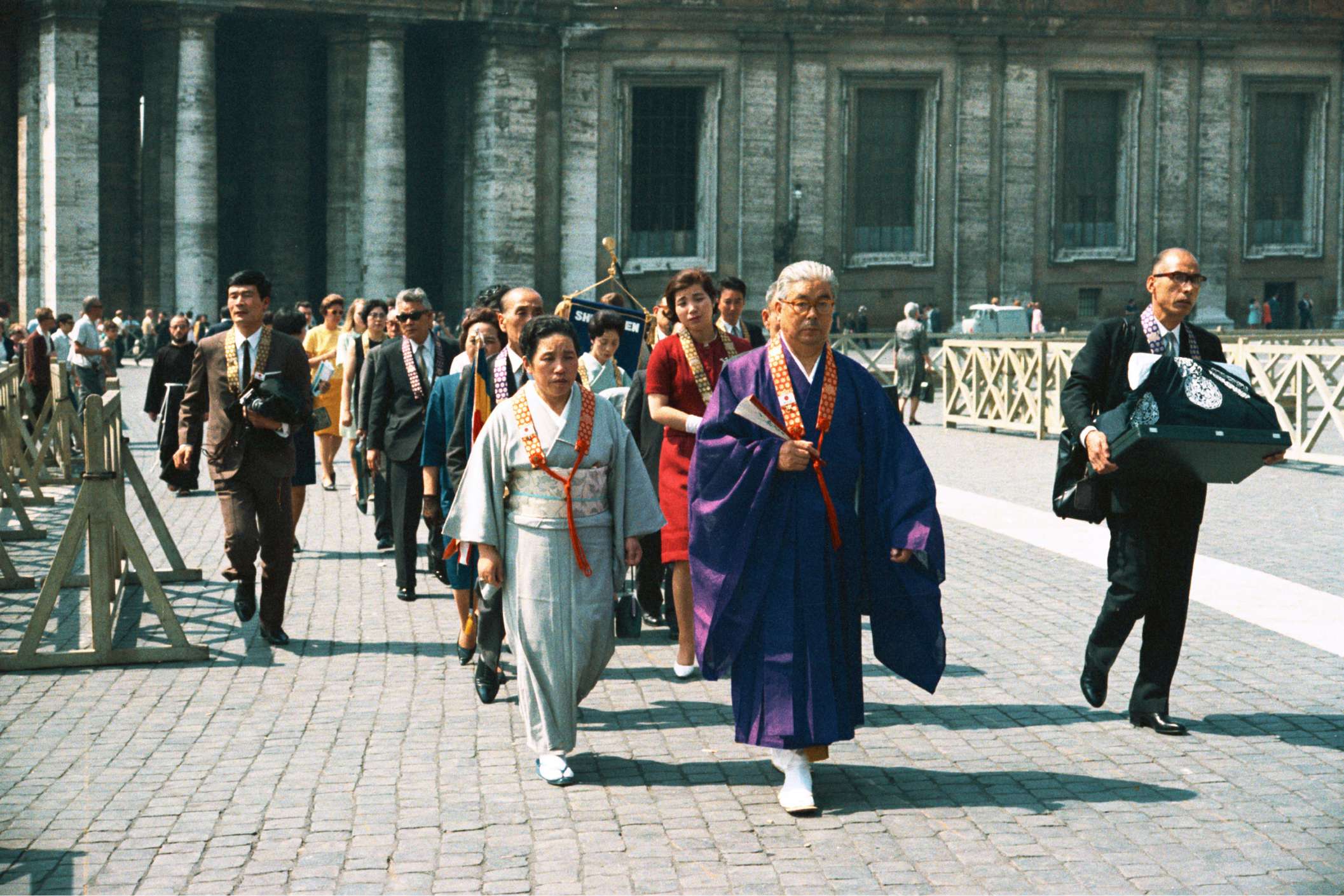
1967
Following a period of worsening health after her trip to Europe and the Middle East, Master Tomoji passes away. True to the promise she had made to Master Shinjo upon the founding of the spiritual community—Together will I walk this path with you to the very end—she had accompanied him in all of his efforts until the final days of her life. She taught by example that the path to liberation lies in accumulating small, sincere acts of service to others in our daily lives.
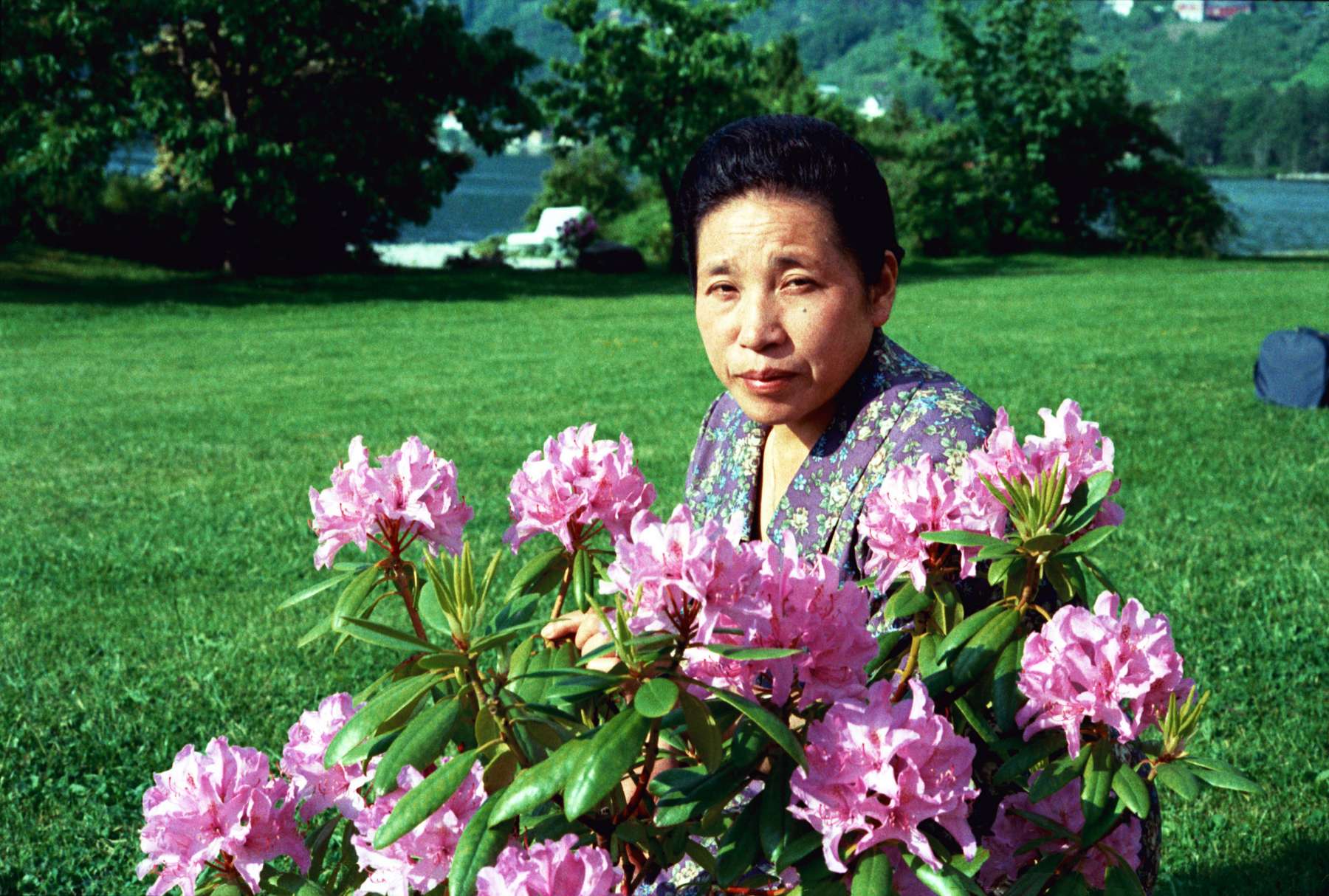
1970
In October, Master Shinjo travels to the United States for the first time, attended by his daughter Masako (currently Her Holiness Shinso Ito). During the trip, he met Shinnyo‑en members in Los Angeles, Chicago, Buffalo, and San Francisco. On the way back from the mainland United States, Shinjo and Masako stopped in Hawaii to visit the Arizona Memorial at Pearl Harbor, where they offered heartfelt prayers on behalf of the dead.
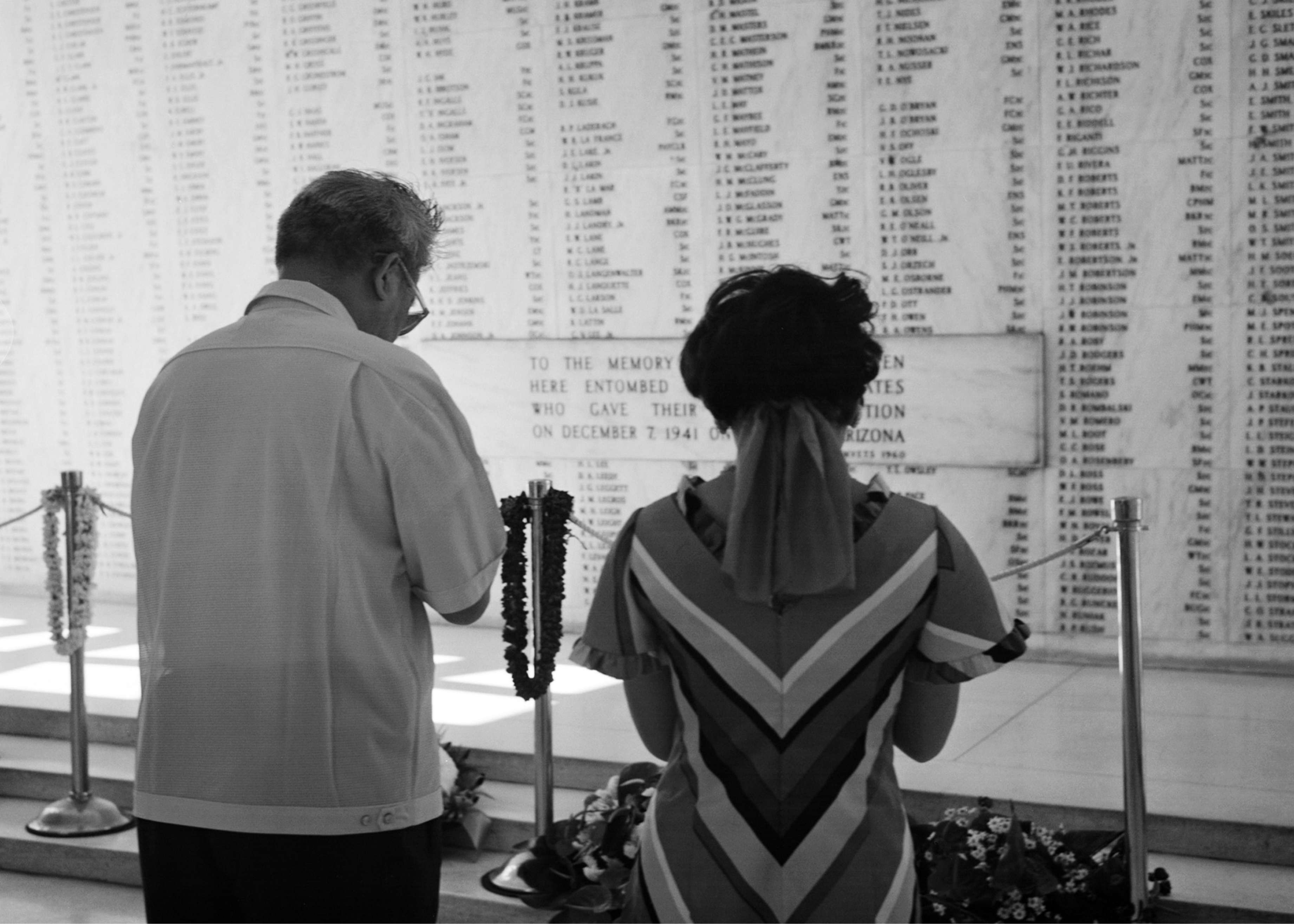
1971–1985
The first Shinnyo‑en sanctuaries were established outside of Japan during this period. The first to be dedicated was the sanctuary in Hawaii, followed nearly a decade later by sanctuaries in San Francisco, Taipei, and Paris.
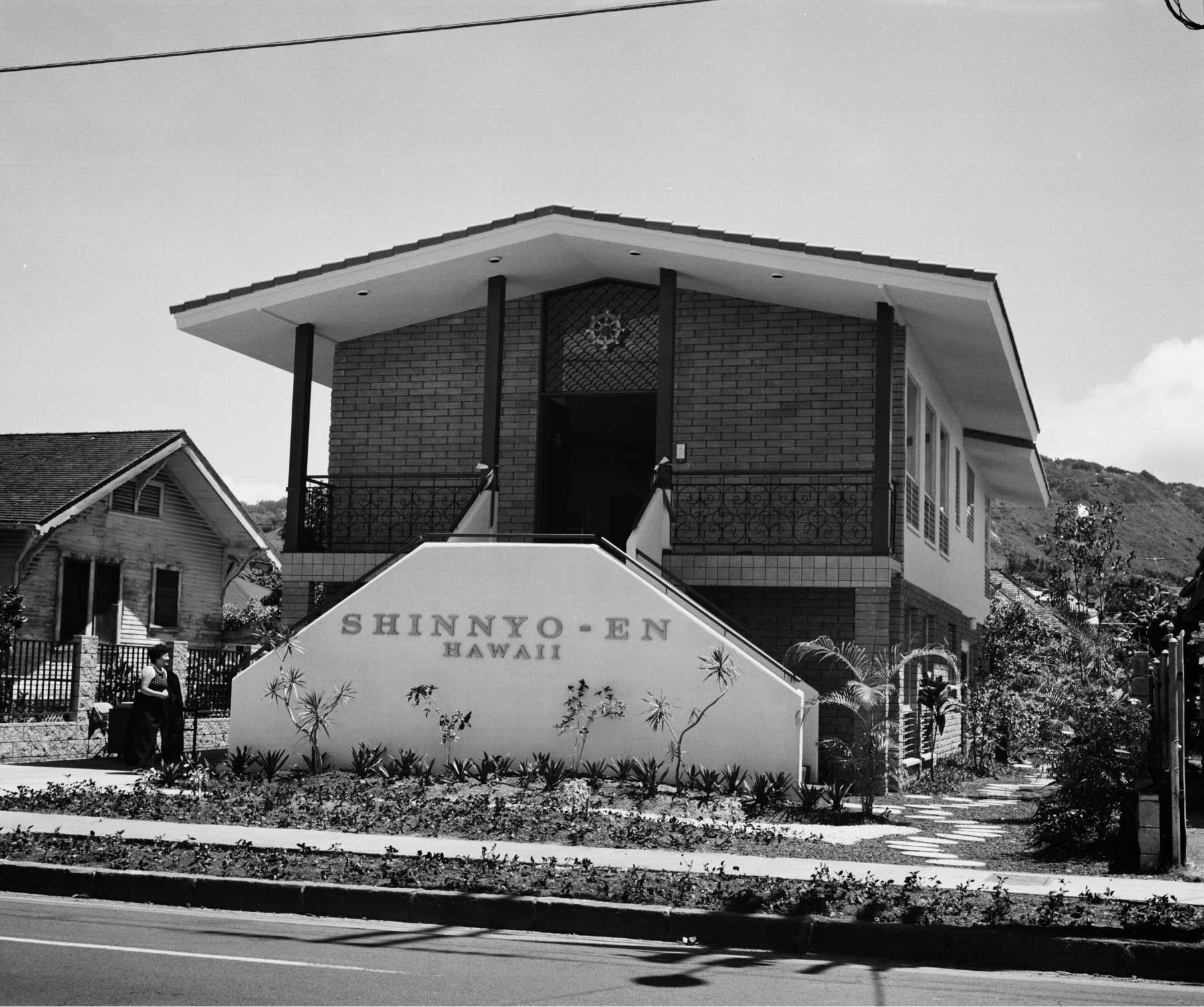
1971–1985
Masako Ito completes her training, is given the Dharma name “Shinso,” and becomes successor to the Shinnyo Lineage.
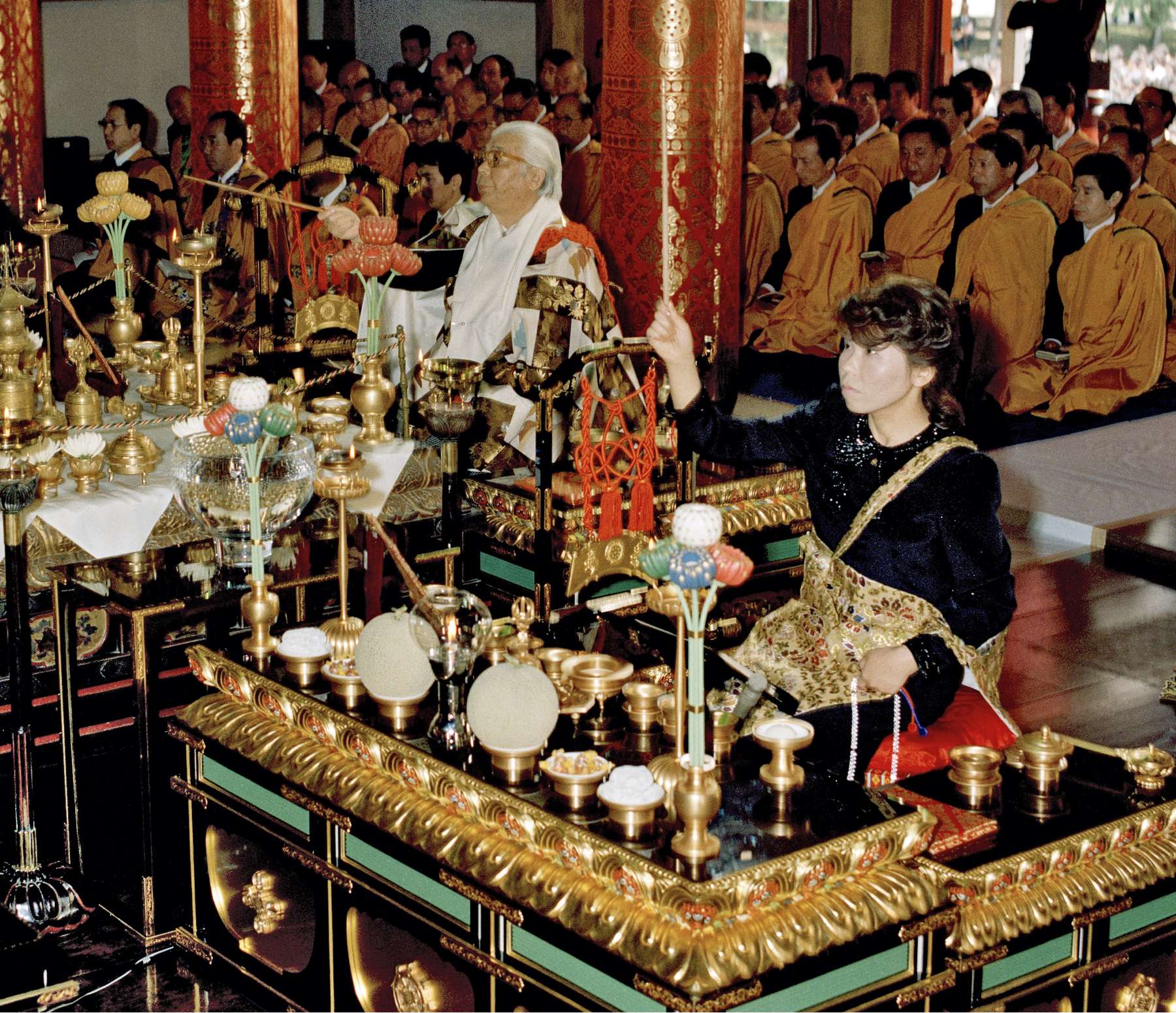

The Next Generation Leads



1989
Early in the year, Master Shinjo’s health begins to fail. He restricts his activities, residing and conducting services from his room. On July 7th his condition became critical, and on July 19th Master Shinjo passed away at the age of 83.
Her Holiness Shinso Ito Assumes Responsibilities as the Head of Shinnyo‑en.
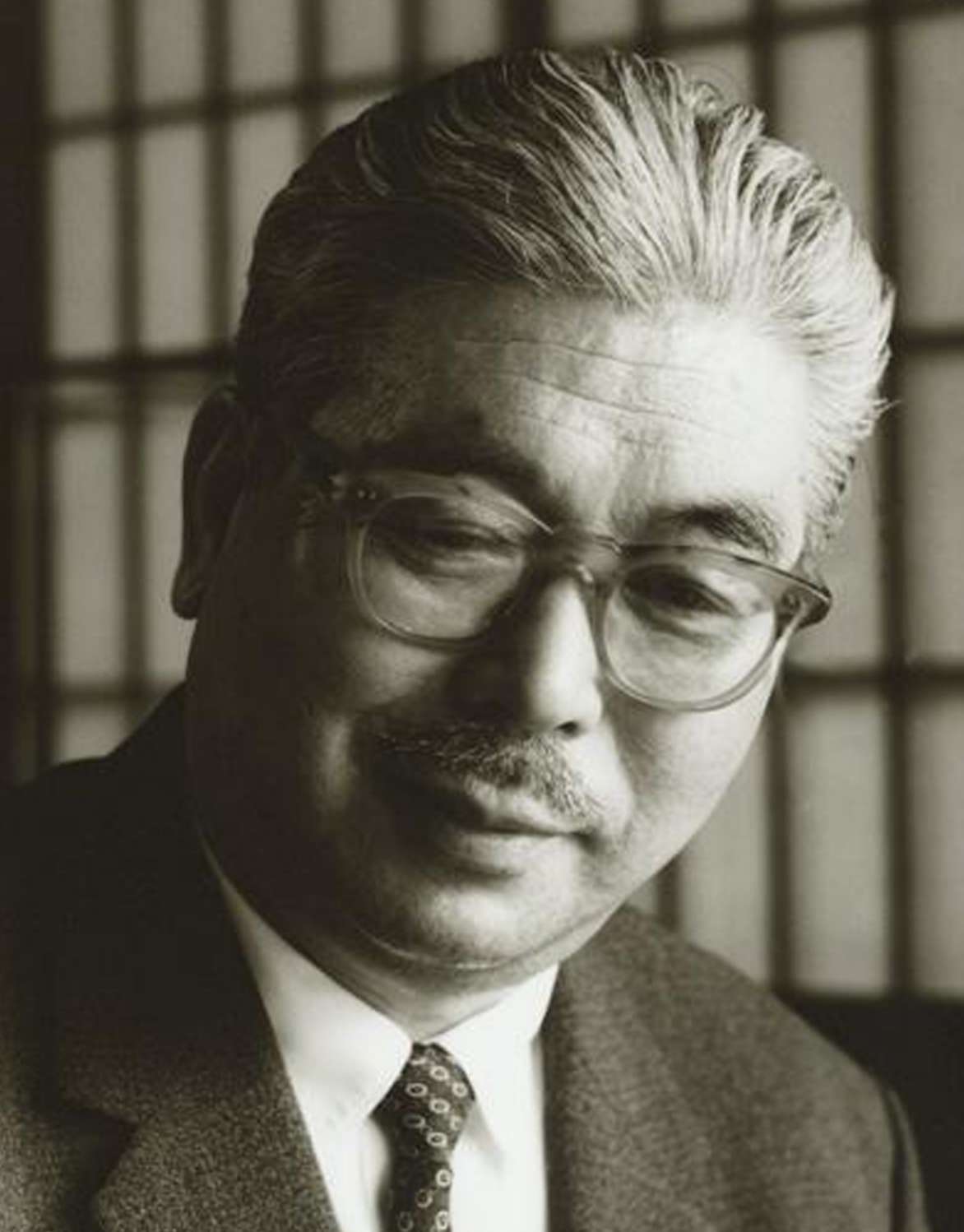
1999
Her Holiness inaugurates the first annual Memorial Day lantern floating held by Shinnyo‑en in Hawaii at Ke’ehi Lagoon.
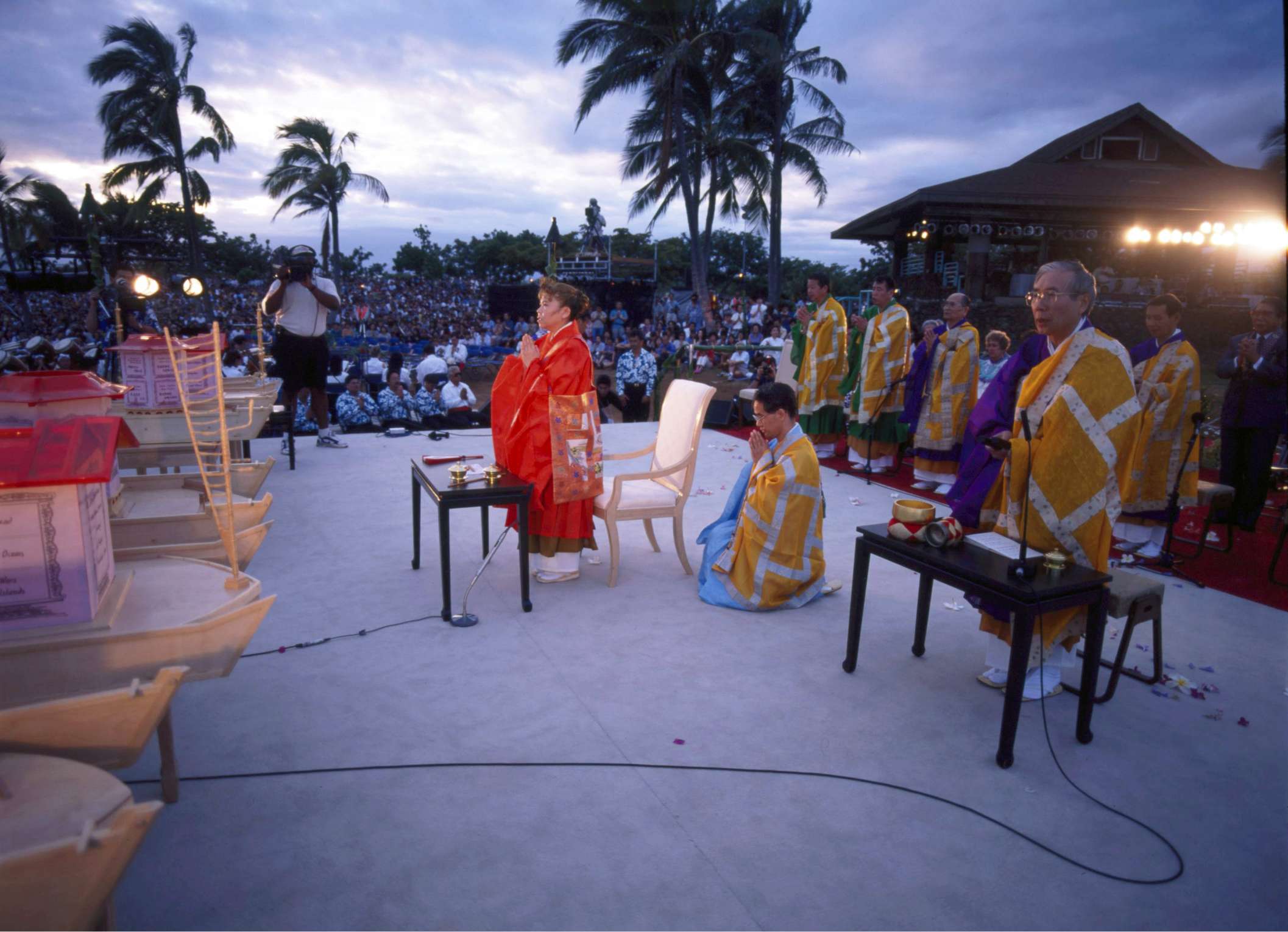
2011
Following the Tohoku Tsunami, Her Holiness and Shinnyo‑en relief volunteers deliver aid to those affected by the disaster in Iwate Prefecture.
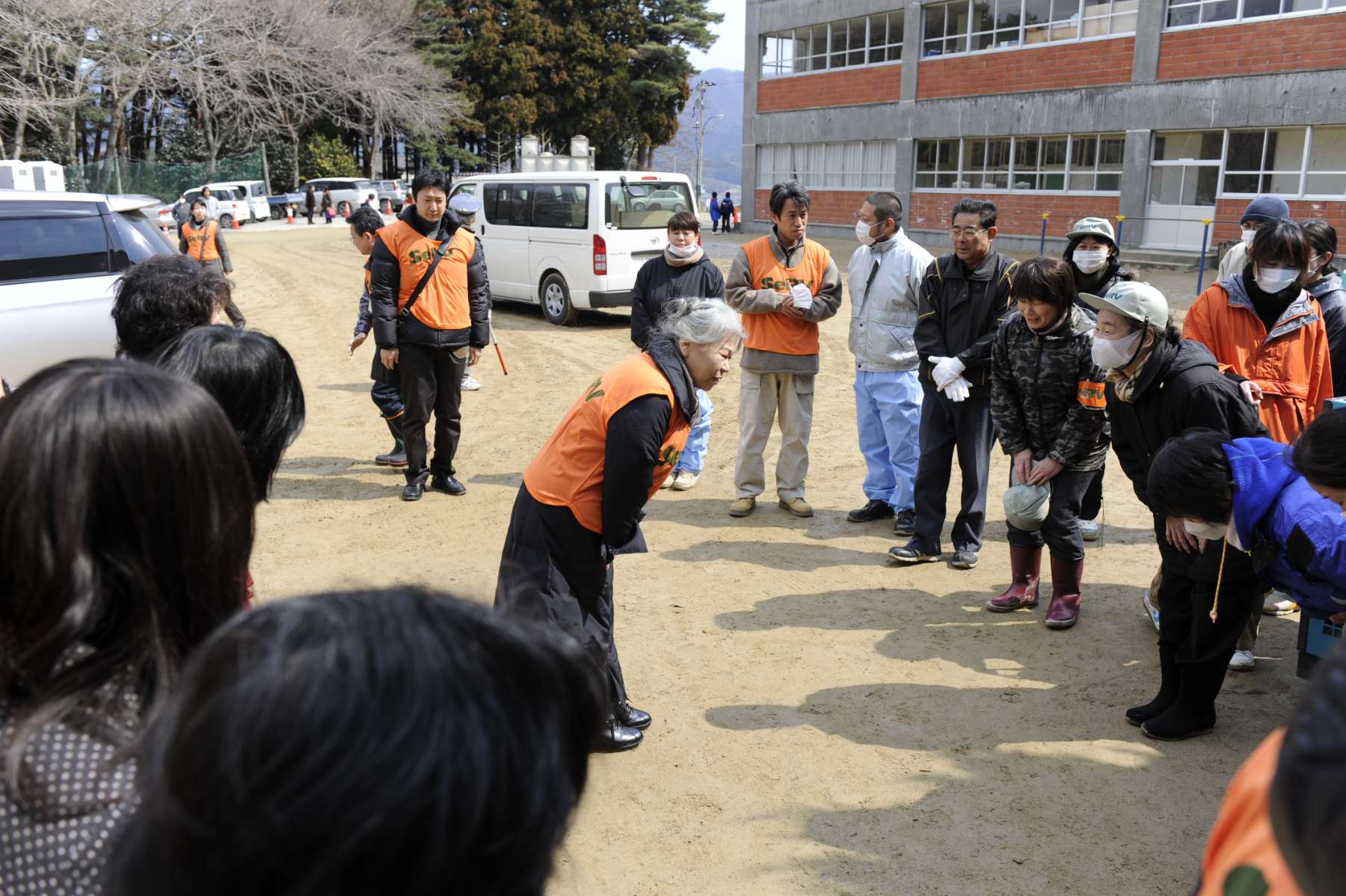
2012–2014
Her Holiness Shinso Ito and members of Shinnyo‑en conduct prayers, rites, and ceremonies with friends in communities around the world. A Fire and Water ceremony is held at the Gallmann Africa Conservancy in Kenya as part of the Global Peace Initiative of Women conference held in Nairobi and Laikipia; a Ceremony for Peace and Friendship is conducted at Wat Paknam monastery in Thailand; the first Shinnyo Lantern Floating for Peace is held at Central Park in New York; and a Prayer for World Peace and a special fire ceremony are held at Saksaywaman in Cusco, Peru.
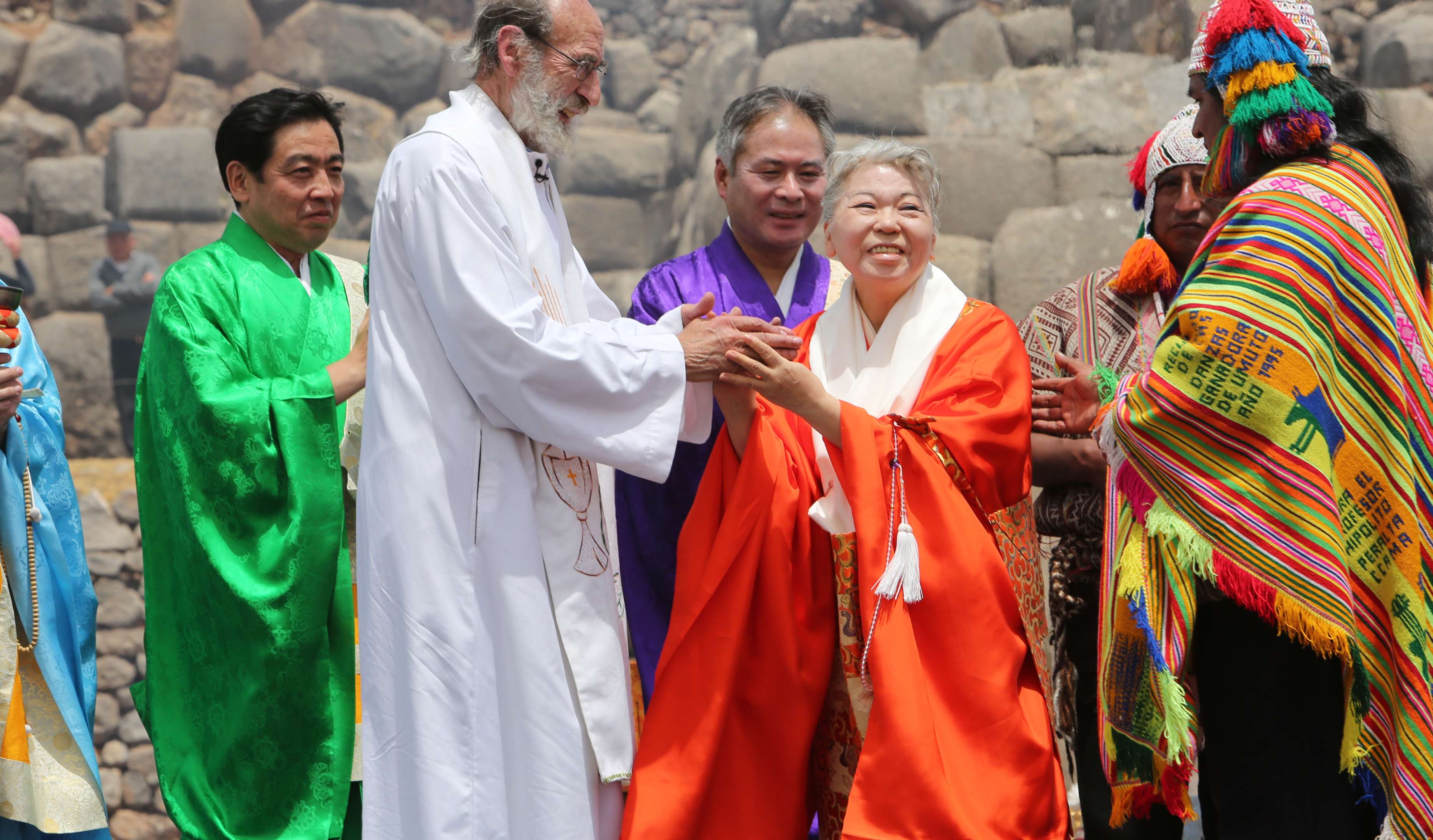
2022
Her Holiness Shinso Ito is recognized for her lifelong commitment as a Buddhist leader with an honorary Doctorate of Philosophy from Buddhist and Pali University of Sri Lanka.
